Social Media Toolkit
CDC created this social media toolkit to help localize efforts in responding to the virus that causes COVID-19.
This toolkit provides messages and graphics to help:
- Ensure current, correct messaging from a trusted source.
- Create collateral materials.
- Share resources.
All graphics and suggested messages are available for use on social media profiles and web pages.
Within this guide you will find information and suggested messages from our COVID-19 response. For more images and CDC content you can visit our Communication Resources page. All social media content is public domain and free to use by anyone for any purpose without restriction under copyright law. Please remember to use the #COVID19 hashtag when tweeting out any COVID-19 related content.
Instructions
To copy sample message: Press and hold the left mouse button and then drag the mouse from the top left to the bottom right of the entire selection of text you want to copy. To copy the highlighted text, on your keyboard, press the keyboard shortcut Ctrl+C or right-click the highlighted text and click Copy.
To download images: Scroll through available options by using the arrow to the left and right of the image. Click on an image and it will open in a new browser tab. Right-click on the image and select Save As.
On This Page
- Social Distancing
- Stop the Spread
- Cloth Face Covering
- Cloth Face Coverings: Do’s & Don’ts
- What To Do If You’re Sick
- Testing Information
- Protecting Older Adults
- Stress
- Tips for Parents
- Takeout Food
- Protect Yourself While Buying Gas
- Travel by Car, Bus, or Train
- Interim Guidance: Safety Practices for Critical Workers
- Tribal Communities
- Pets & COVID-19 Guidance
- CLARA Symptoms Self-Checker
- Additional Images
Facebook Sample Message
Practice social distancing by putting space between yourself and others. Continue to practice healthy habits to help slow the spread of COVID-19.
- Wash your hands for at least 20 seconds
- Clean and then disinfect frequently used surfaces
- Stay home if you’re sick
- Avoid touching your face
Learn more about staying safe and healthy at cdc.gov/covid19
Instagram Sample Message
Practice social distancing by putting space between yourself and others. Continue to practice healthy habits to help slow the spread of #COVID19.
- Wash your hands for at least 20 seconds
- Clean and then disinfect frequently used surfaces
- Stay home if you’re sick
- Avoid touching your face
Learn more about staying safe and healthy at cdc.gov/covid19 #CDC #PublicHealth
Twitter Sample Message
Practice social distancing by putting space between yourself and others. Continue to practice healthy habits, like washing your hands for at least 20 seconds and staying home if you’re sick, to help slow the spread of #COVID19.
Learn more: cdc.gov/covid19
Learn more: cdc.gov/covid19
Facebook Sample Message
Much is unknown about how the virus that causes COVID-19 spreads. We believe it spreads mostly from person to person through respiratory droplets produced when someone who is sick coughs or sneezes.
You can help prevent the spread of respiratory illnesses like COVID-19 by following simple daily precautions.
Learn how to protect yourself from COVID-19: https://www.cdc.gov/coronavirus/2019-ncov/prevent-getting-sick/prevention.html
Twitter Sample Message
Take simple daily precautions to help prevent the spread of respiratory illnesses like #COVID19. Learn how to protect yourself from COVID-19: https://www.cdc.gov/coronavirus/2019-ncov/prevent-getting-sick/prevention.html
Facebook / Pinterest Sample Message
Your cloth face covering should:
✔️ Reach above the nose, below the chin, and completely cover the mouth and nostrils
✔️ Fit snugly against the sides of the face
✔️ Be made of multiple layers of fabric that you can still breathe through
✔️ Be able to be laundered and machine dried without damaging the material or shape
Do not buy surgical masks to use as a face covering. Those are intended for healthcare workers and first responders. Many items you may already have in your home can be used to create face coverings.
Try creating a cloth face covering using bandanas, ski masks, washable napkins, or dish towels.
Learn more at https://bit.ly/2Ravt42.
Instagram Sample Message
Your cloth face covering should:
✔️ Reach above the nose, below the chin, and completely cover the mouth and nostrils
✔️ Fit snugly against the sides of the face
✔️ Be made of multiple layers of fabric that you can still breathe through
✔️ Be able to be laundered and machine dried without damaging the material or shape
Do not buy surgical masks to use as a face covering. Those are intended for healthcare workers and first responders. Many items you may already have in your home can be used to create face coverings.
Try creating a cloth face covering using bandanas, ski masks, washable napkins, or dish towels.
Learn more at https://bit.ly/2Ravt42.
Twitter Sample Message
Take action to slow the spread of #COVID19 by wearing a cloth face covering in public spaces, keeping at least 6 feet of physical distance, & frequently washing your hands.
Make a cloth face covering from a t-shirt, scarf or cloth napkin. Learn more at https://bit.ly/2Ravt42.
Facebook Sample Message
Wearing a cloth face covering CORRECTLY can help prevent the spread of COVID-19 to others. When you go out on essential trips, follow these “do’s”.
If you have a child, remember those under age 2 should not wear a face covering. See https://www.cdc.gov/coronavirus/2019-ncov/prevent-getting-sick/diy-cloth-face-coverings.html
Twitter Sample Message
Wearing a cloth face covering CORRECTLY can help prevent the spread of #COVID19 to others. When you go out on essential trips, follow these “do’s”. If you have a child, remember those under age 2 should not wear a face covering. See https://www.cdc.gov/coronavirus/2019-ncov/prevent-getting-sick/diy-cloth-face-coverings.html
Instagram Sample Message
Wearing a cloth face covering CORRECTLY can help prevent the spread of COVID-19 to others. When you go out on essential trips, follow these “do’s”. If you have a child, remember those under age 2 should not wear a face covering.
For information on #COVID19 and face coverings, visit cdc.gov/coronavirus
#coronavirus #facemask #CDC #PublicHealth
Facebook Sample Message
Do you think you may have COVID-19? If you think you’re sick, follow guidance about when to call your doctor:
- Monitor your symptoms
- Call ahead before visiting your doctor
- Avoid close contact with others when you’re out
Most people who get COVID-19 can take care of themselves at home. If you need to see a doctor, take precautions to protect yourself and others around you. See more: https://www.cdc.gov/coronavirus/2019-ncov/if-you-are-sick/steps-when-sick.html
Twitter Sample Message
Do you think you may have #COVID19? Most people who get sick can take care of themselves at home. If you need to see a doctor, call ahead before going to their office. Take precautions to protect yourself and others around you. See more: https://www.cdc.gov/coronavirus/2019-ncov/if-you-are-sick/steps-when-sick.html
Facebook Sample Message
If you have symptoms of COVID-19 (fever, cough, difficulty breathing) and want to get tested, call your doctor first. Also check with your state or local health department, which will have the latest information on testing. While supplies of these tests are increasing, it may still be difficult to find a place to get tested.
Learn more: https://bit.ly/34zW3cg
Twitter Sample Message
If you have symptoms of #COVID19 and want to get tested, call your doctor first. Also check with your state or local health department, which will have the latest information on testing. Learn more: https://bit.ly/34zW3cg
Facebook Sample Message
Older adults are at higher risk for severe illness from COVID-19. If you or those you care for are at higher risk for severe illness, you should:
- Stay at home if possible
- Keep away from others who are sick
- Limit close contact with others
- Wash your hands often
Instagram Sample Message
Are you aware that older adults and people who have serious underlying medical conditions like chronic lung disease, serious heart conditions, and diabetes are at higher risk for severe illness from COVID-19? If your parent or another relative is an older adult or has a serious underlying medical condition, they should be aware of preparations to take:
- Stay home if possible
- Avoid close contact with people who are sick
- Take everyday preventive actions: wash hands often and avoid touching face, nose, and eyes
- Have over-the-counter medicines, medical supplies (like tissues), and extra necessary prescriptions
- Have extra household items and groceries on hand
- Make a plan for what to do if they get sick
- Routinely clean and disinfect surfaces and objects that are touched often
- Consult with their healthcare provider if they have symptoms of COVID-19
Learn more at cdc.gov/coronavirus
Twitter Sample Message
Older adults & ppl w/ serious underlying medical conditions like chronic lung disease or serious heart conditions are at higher risk for severe illness from COVID-19. Learn ways to support older adults in your family & community. https://www.cdc.gov/coronavirus/2019-ncov/need-extra-precautions/people-at-higher-risk.html
Facebook Sample Message
Everyone reacts differently to stressful situations like COVID-19. You may feel anxious, mad, sad, or overwhelmed. Find ways you and your family can reduce stress.
- Learn the common signs of stress.
- Make time to unwind and do activities you enjoy.
- Talk with family and friends by phone, text, or email.
- If you or a loved one is feeling overwhelmed, get support 24/7 by calling 1-800-985-5990 or text TalkWithUs to 66746.
Learn more about stress and coping during the COVID-19 outbreak: https://www.cdc.gov/coronavirus/2019-ncov/daily-life-coping/managing-stress-anxiety.html
Instagram Sample Message
Everyone reacts differently to stressful situations like COVID-19. You may feel anxious, mad, sad, or overwhelmed. Find ways you and your family can reduce stress.
- Learn the common signs of stress.
- Make time to unwind and do activities you enjoy.
- Talk with family and friends by phone, text, or email.
- If you or a loved one is feeling overwhelmed, get support 24/7 by calling 1-800-985-5990 or text TalkWithUs to 66746.
Learn more about stress and coping during the COVID-19 outbreak: https://www.cdc.gov/coronavirus/2019-ncov/daily-life-coping/managing-stress-anxiety.html
Twitter Sample Message
Feeling stressed or anxious about #COVID19? Make time to do activities that you enjoy and can help you relax. https://www.cdc.gov/coronavirus/2019-ncov/daily-life-coping/managing-stress-anxiety.html
Facebook Sample Message
Parents: Sudden changes in routine, as well as being home all the time can be hard for children.
Signs of stress include:
- Excessive worry or sadness
- Unhealthy sleeping or eating habits
- Difficulty with attention and concentration
Get tips for talking with your child about coronavirus: https://www.cdc.gov/coronavirus/2019-ncov/daily-life-coping/talking-with-children.html
Twitter Sample Message
Is your child worried about #COVID19? Learn the facts so you can answer your children’s questions. Make sure to explain the simple things they can do, like washing their hands often. Learn more here: https://www.cdc.gov/coronavirus/2019-ncov/daily-life-coping/share-facts.html
Facebook Sample Message
Parents: Keep your children and relatives healthy during the COVID-19 outbreak: postpone in-person visits with grandparents and any other family & friends. Find creative ways for you and your children to connect with them- a phone call, video chat, or handwritten letters. Learn more tips: https://www.cdc.gov/coronavirus/2019-ncov/daily-life-coping/children.html
Twitter Sample Message
#Parents: Keep your children & others healthy during the #COVID19 outbreak: postpone visits with grandparents & older family members. Find creative ways for you & your children to connect with them- a phone call, video chat, or letters. See more tips: https://www.cdc.gov/coronavirus/2019-ncov/daily-life-coping/children.html
Facebook Sample Message
Picking up takeout food while slowing the spread of COVID-19?
- Order & pay online or over the phone when possible.
- Accept take-out without in-person contact or stay at least 6 feet away from others.
- Wash your hands with soap and water or use hand sanitizer with at least 60% alcohol after bringing home your food.
Learn more about taking essential trips at this time: https://www.cdc.gov/coronavirus/2019-ncov/daily-life-coping/essential-goods-services.html
Twitter Sample Message
Getting take-out while slowing the spread of #COVID19? Order & pay online or by phone, accept take-out without in-person contact if possible, stay 6 feet away from others, & wash your hands with soap & water after bringing home your food: https://www.cdc.gov/coronavirus/2019-ncov/daily-life-coping/essential-goods-services.html
Facebook Sample Message
Protect yourself from COVID-19 while getting gas:
- If available, use disinfecting wipes on handles and buttons of gas pump before you touch them.
- After you get gas and pay, use a hand sanitizer with at least 60% alcohol.
- Wash your hands for at least 20 seconds with soap and water when you get to your destination.
Twitter Sample Message
Protect yourself from #COVID19 while getting gas. Use disinfecting wipes on handles & buttons of gas pump before you touch them. After you get gas & pay, wash your hands or use hand sanitizer with >60% alcohol. For more tips, visit: https://www.cdc.gov/coronavirus/2019-ncov/daily-life-coping/essential-goods-services.html
Facebook Sample Message
If you must travel, take these steps to protect yourself & others from COVID-19 during your trip:
- Wash your hands often
- Avoid close contact with others
- Wear a cloth face covering in public
- Cover coughs and sneezes
- Pick up food at drive-throughs or at the curb. Do not dine-in.
Twitter Sample Message
If you must travel, take these steps to protect yourself & others from #COVID-19 during your trip. https://bit.ly/2IZicXj
LinkedIn Sample Message
Workplaces carrying out critical functions: Use safety practices to protect critical infrastructure workers and their communities. When workers return to the job after potential COVID-19 exposure, implement these practices before and during their work shift:
- Pre-screen
- Monitor regularly
- Issue or approve personal face coverings
- Maintain social distance
- Disinfect and clean workspaces
See the new guidelines for employers: https://www.cdc.gov/coronavirus/2019-ncov/community/critical-workers/implementing-safety-practices.html
Twitter Sample Message
Employers: CDC recommends add’l precautions in workplaces carrying out critical functions to protect workers & communities. An employer’s #COVID19 toolkit should include pre-screening, regular monitoring, wearing masks, social distance, & disinfection. https://www.cdc.gov/coronavirus/2019-ncov/community/critical-workers/implementing-safety-practices.html
Facebook Sample Message
Tribal leaders: You can help safeguard your communities from COVID-19 during funerals and burials. Actions, such as social distancing and wearing cloth face coverings, can help stop the spread of coronavirus. Learn more guidance for funeral and burial services for American Indians and Alaska Natives: https://www.cdc.gov/coronavirus/2019-ncov/community/tribal/faq-burial-practice.html
Twitter Sample Message
Tribal leaders: You can help safeguard your communities from #COVID19 during funerals and burials. Actions like social distancing can help stop the spread of coronavirus. Learn more guidance for funerals and burials for tribal communities: https://www.cdc.gov/coronavirus/2019-ncov/community/tribal/faq-burial-practice.html
Facebook Sample Message
Social distancing to stay healthy and safe may prevent people from following some traditional and ceremonial practices. This may be especially relevant for American Indian and Alaska Native communities, but it is very important to use social distancing to reduce the spread of COVID-19. Learn more about social distancing for tribal communities: https://www.cdc.gov/coronavirus/2019-ncov/community/tribal/social-distancing.html
Twitter Sample Message
Social distancing is crucial to stopping the spread of #COVID19, but it may make some people feel culturally isolated, including American Indian and Alaska Native communities. Learn how to cope with social distancing in your tribal community: https://www.cdc.gov/coronavirus/2019-ncov/community/tribal/social-distancing.html
Facebook Sample Message
We’re still learning about how #COVID19 affects animals, but it appears that people can spread the virus to animals in some situations. Until we know more, limit contact with pets if you are sick or feeling sick. For more info, see: https://www.cdc.gov/coronavirus/2019-ncov/daily-life-coping/animals.html.
Twitter Sample Message
We’re still learning about how #COVID19 affects animals, but it appears that people can spread the virus to animals in some situations. Until we know more, limit contact with pets if you are sick or feeling sick. For more info, see: https://www.cdc.gov/coronavirus/2019-ncov/daily-life-coping/animals.html.
Facebook Sample Message
Everyone can help prevent the spread of COVID-19. The Coronavirus Self-Checker, also known as Clara, can help you decide when to call your doctor if you are feeling sick. Try the symptom checker here: https://www.cdc.gov/coronavirus/2019-ncov/symptoms-testing/index.html#cdc-chat-bot-open
Instagram Sample Message
Feeling sick? Check in with Clara, CDC’s Coronavirus Self-Checker, that can help you decide when to call your doctor. Answer a few simple questions and learn what you need to do next so you can protect yourself and others. #COVID19
Twitter Sample Message
Everyone can help prevent spread of #COVID19. Clara, the #Coronavirus Self-Checker, can help you decide when to call your doctor if you are feeling sick. Start using Clara here: https://www.cdc.gov/coronavirus/2019-ncov/symptoms-testing/index.html#cdc-chat-bot-open
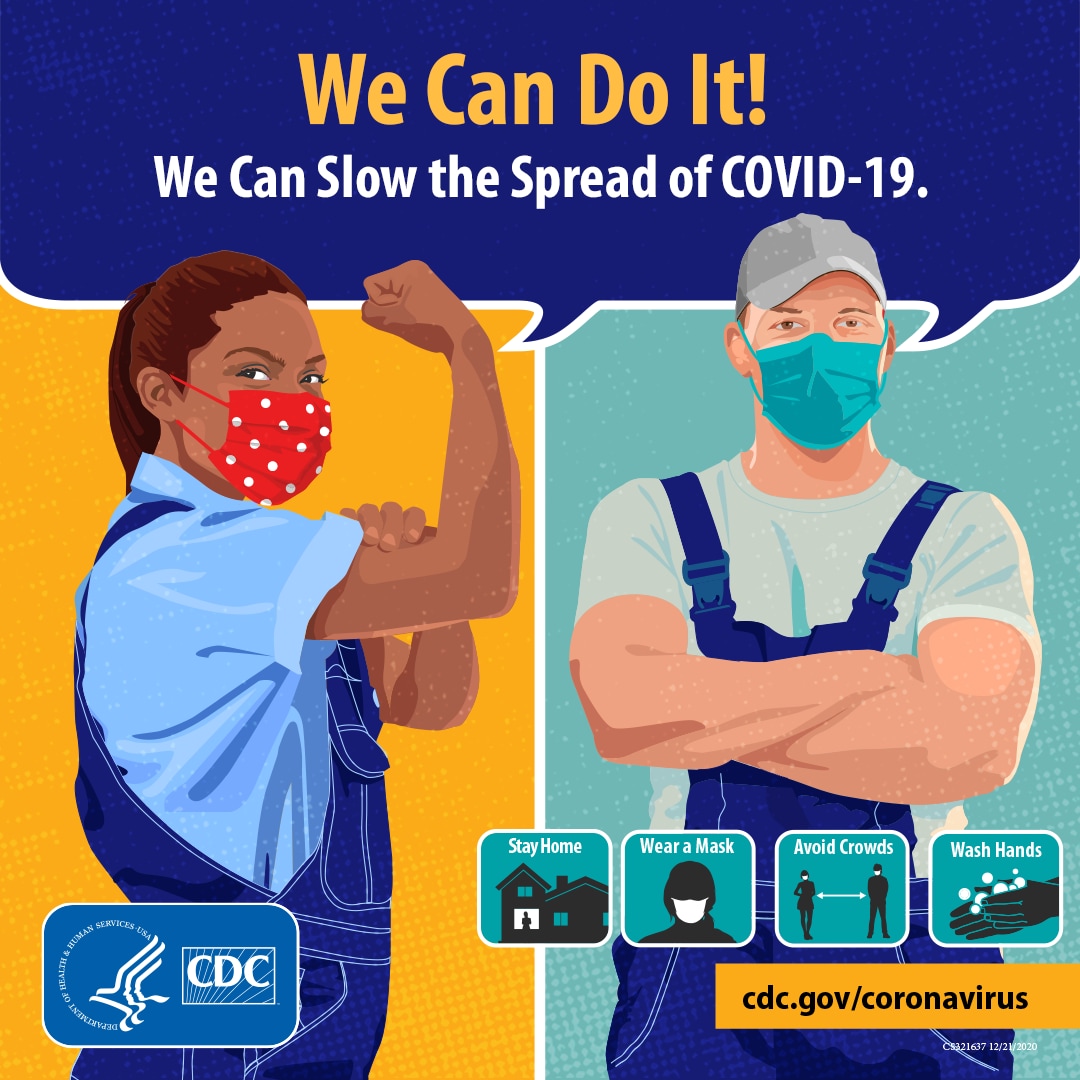
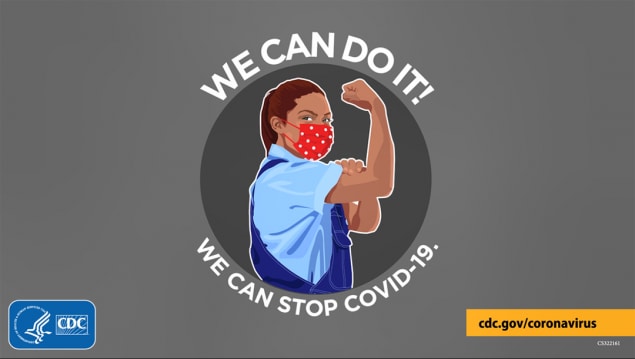
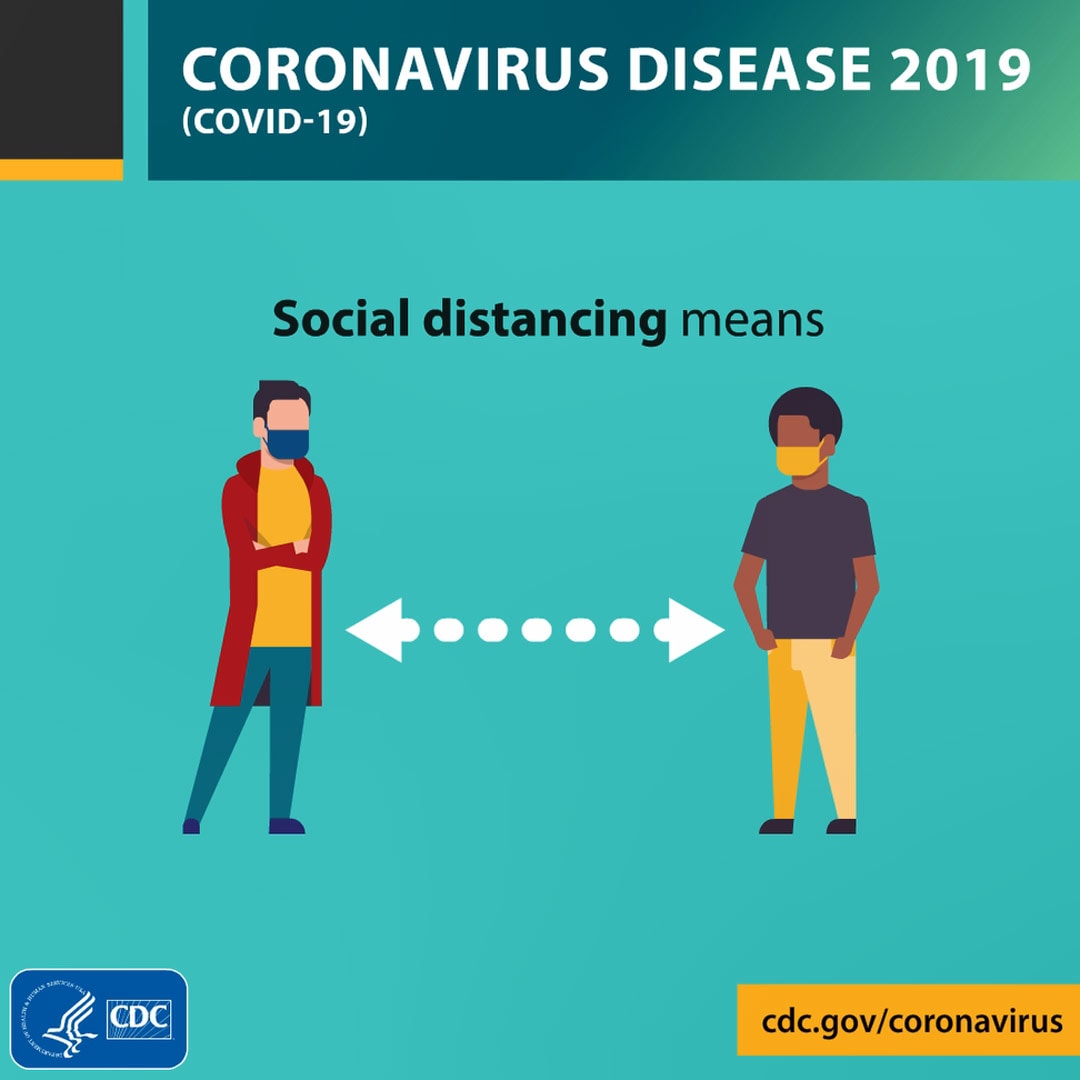
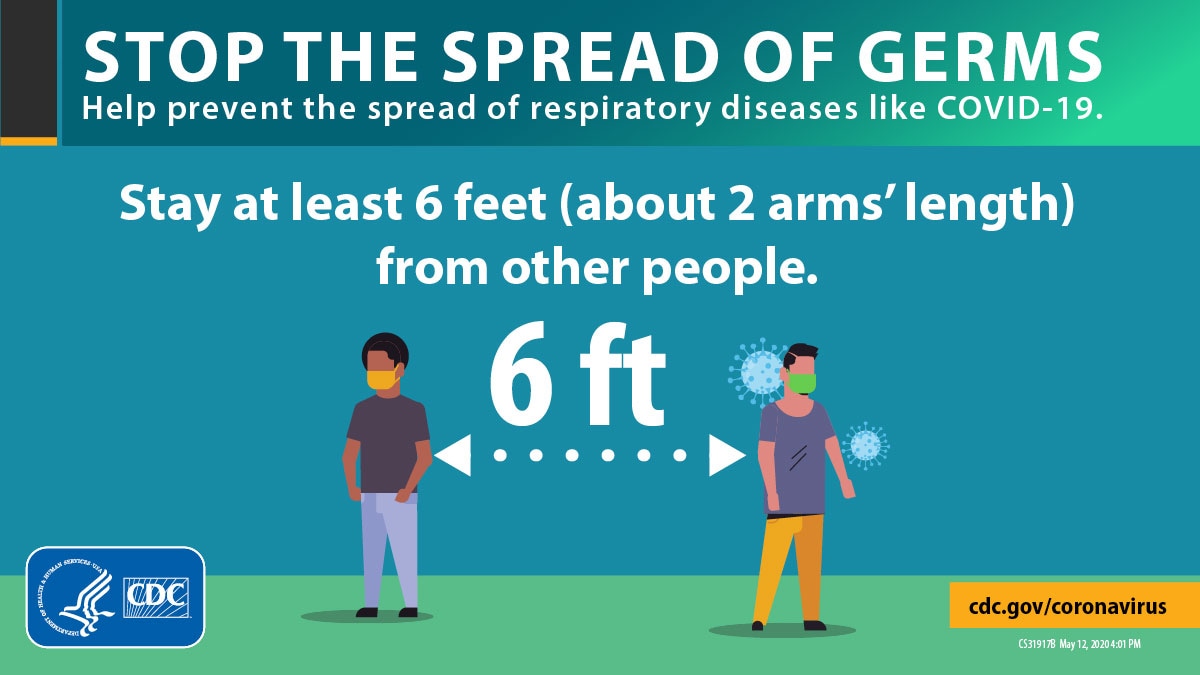
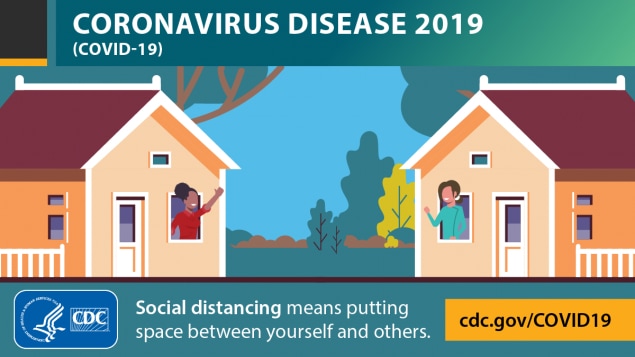
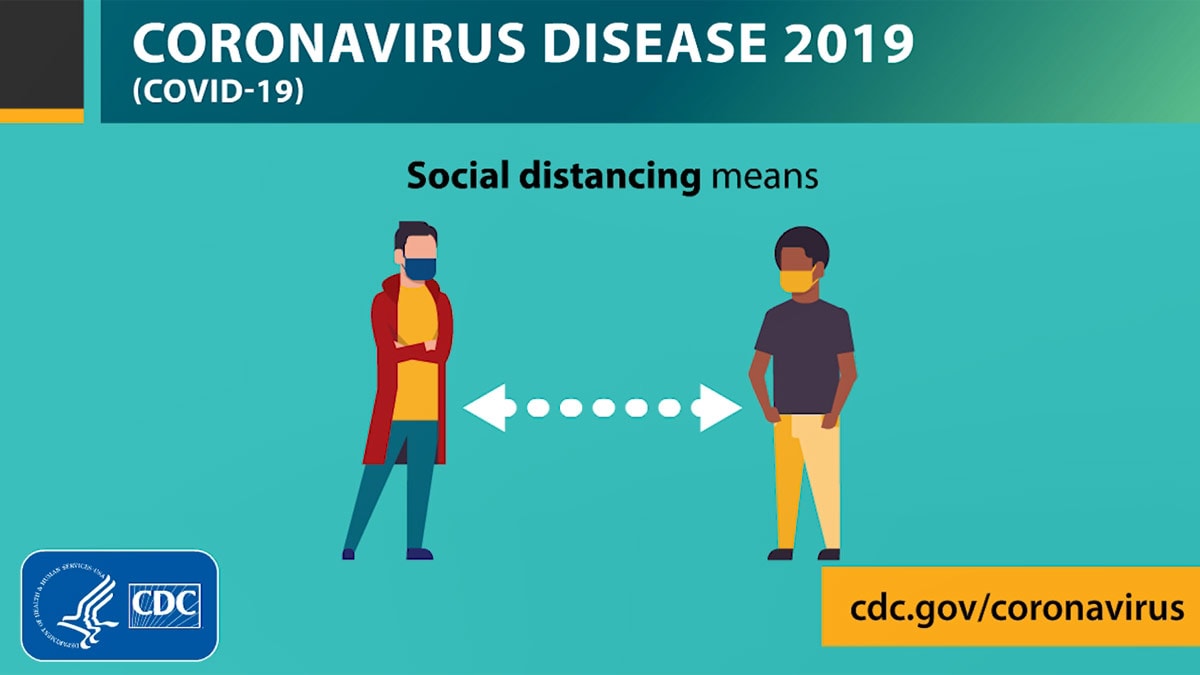

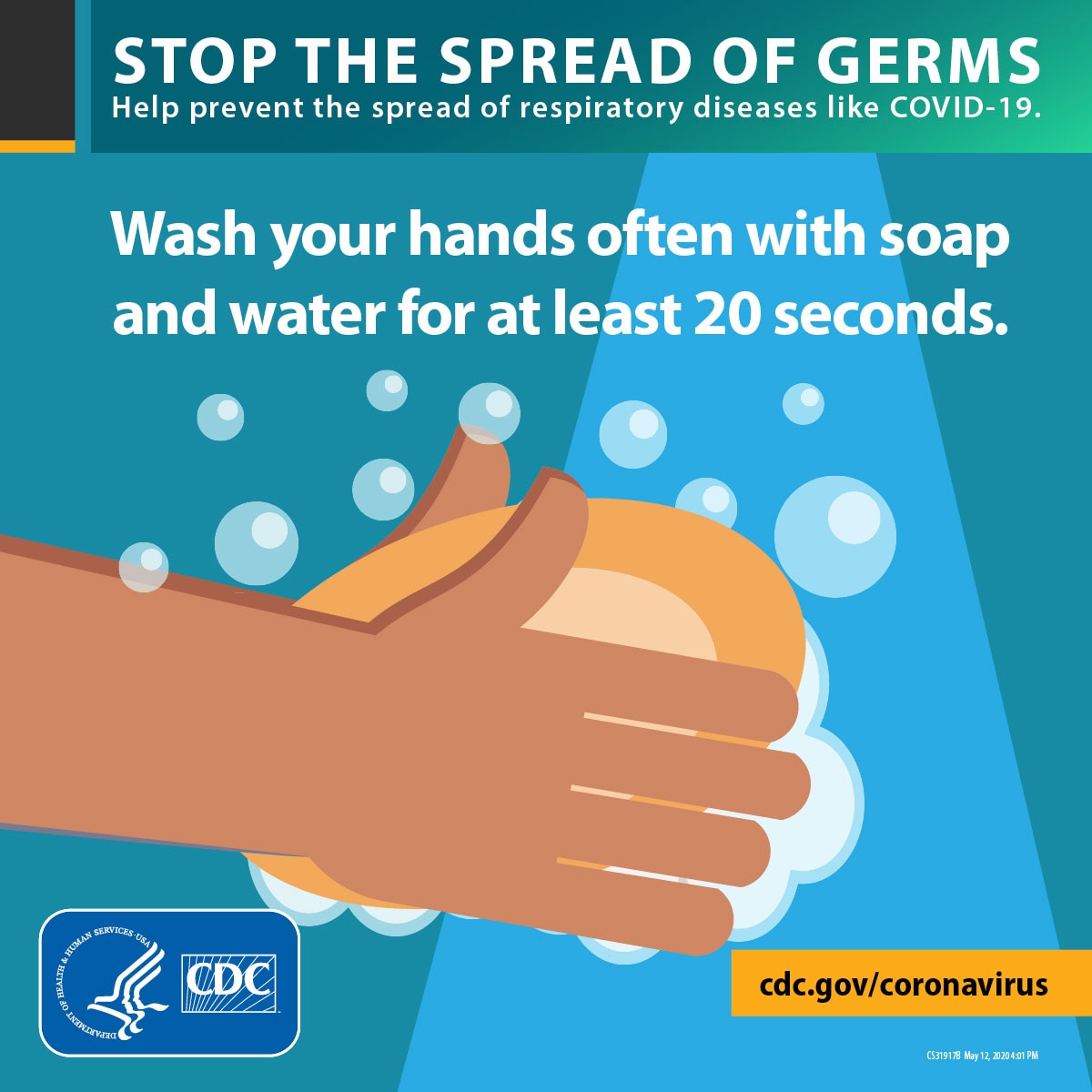
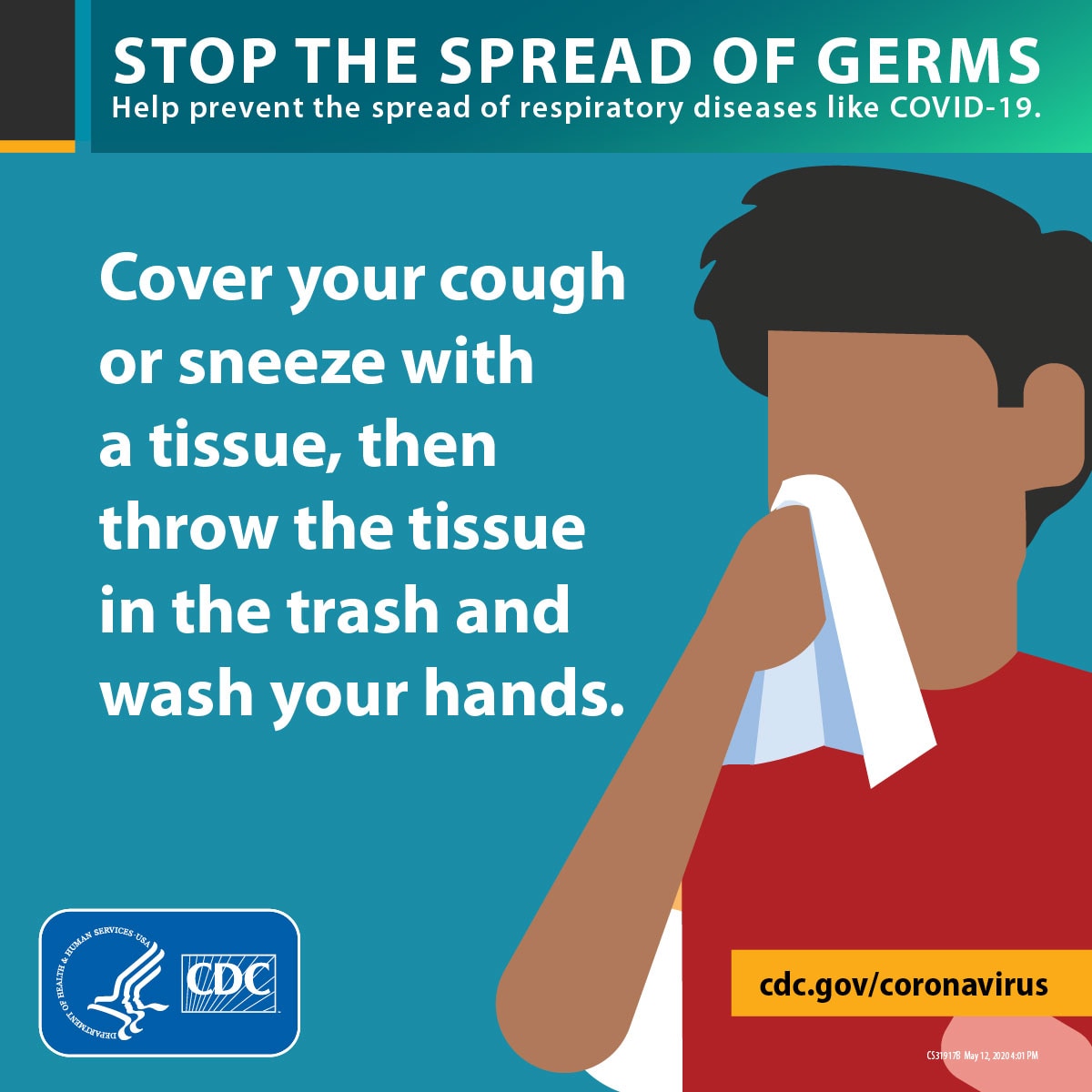
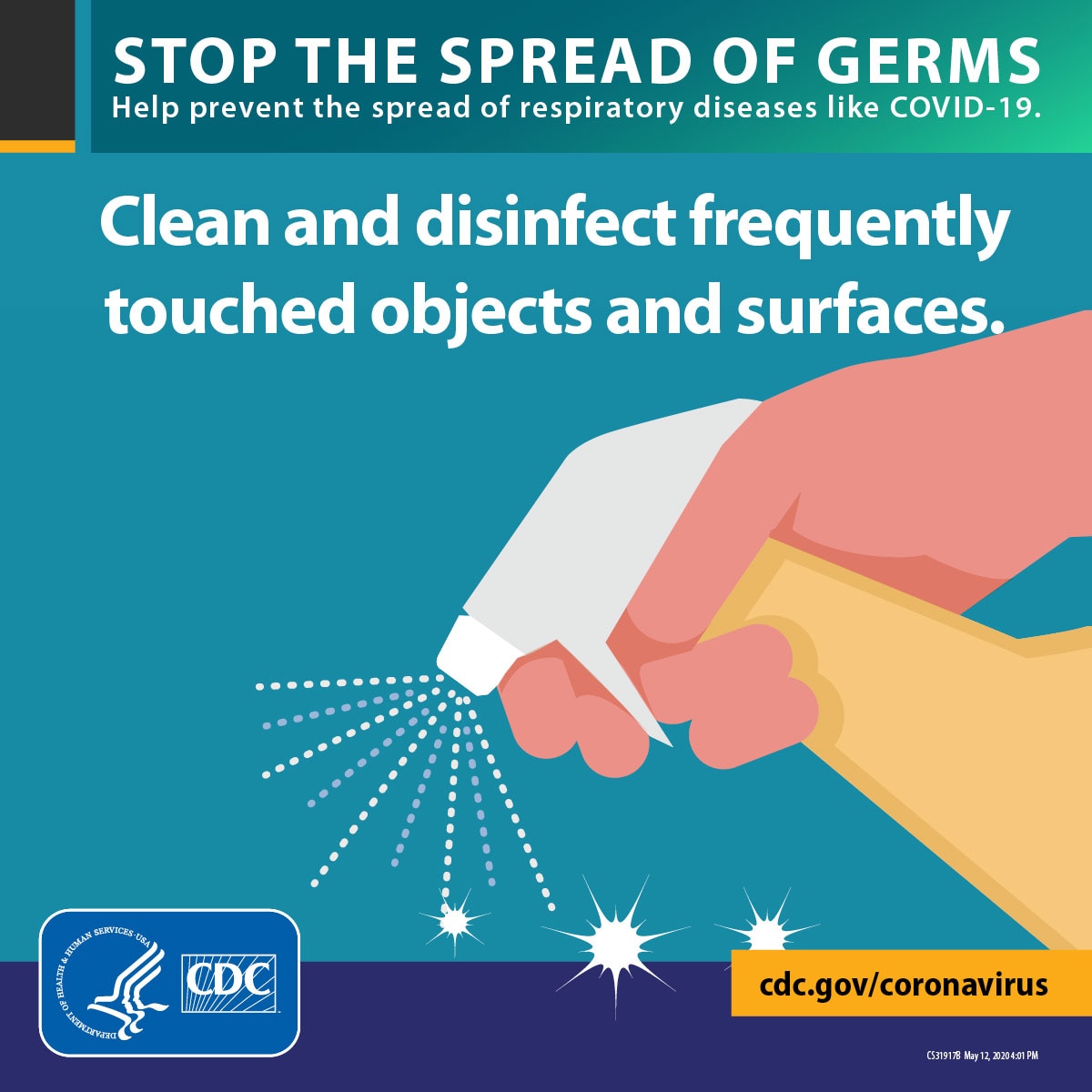
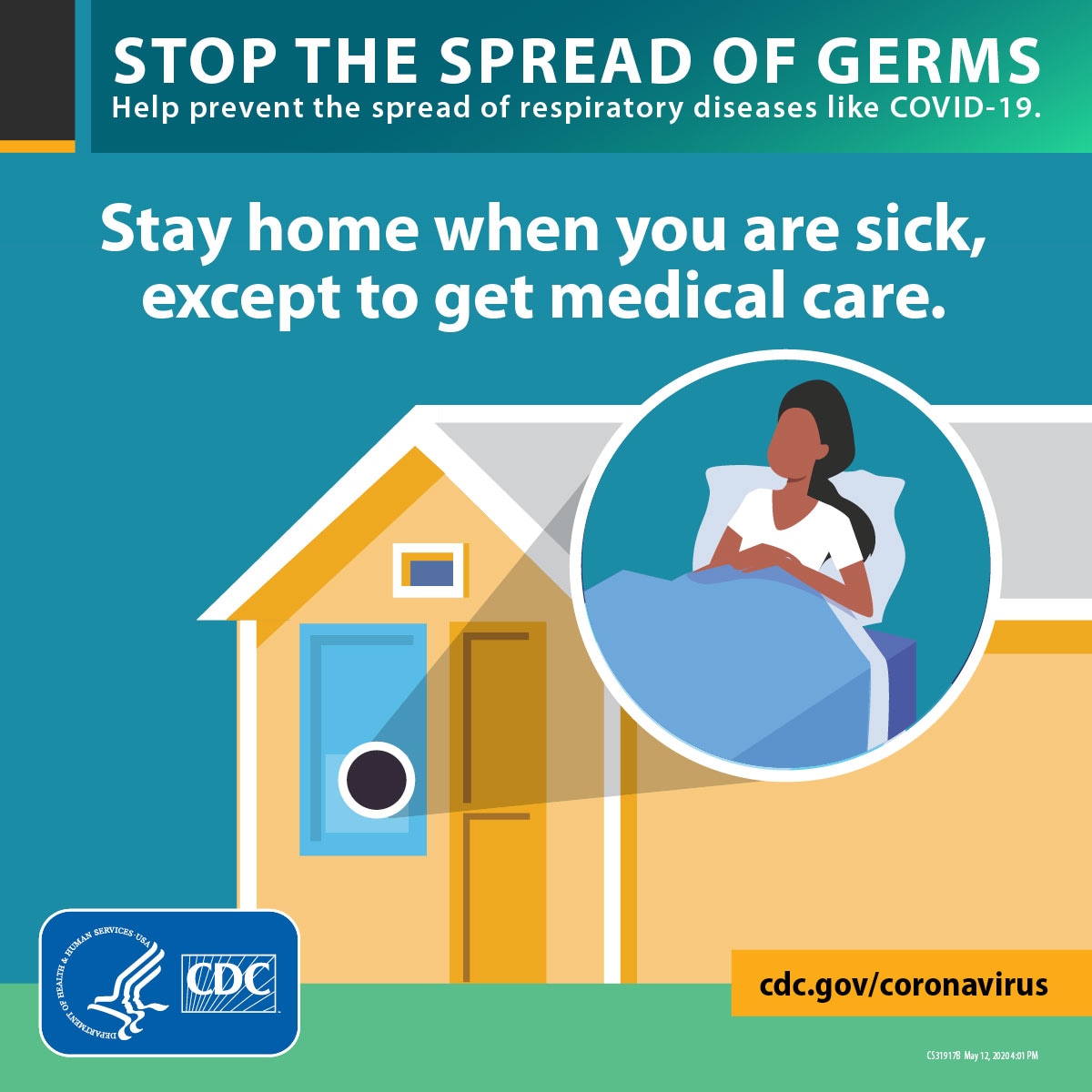
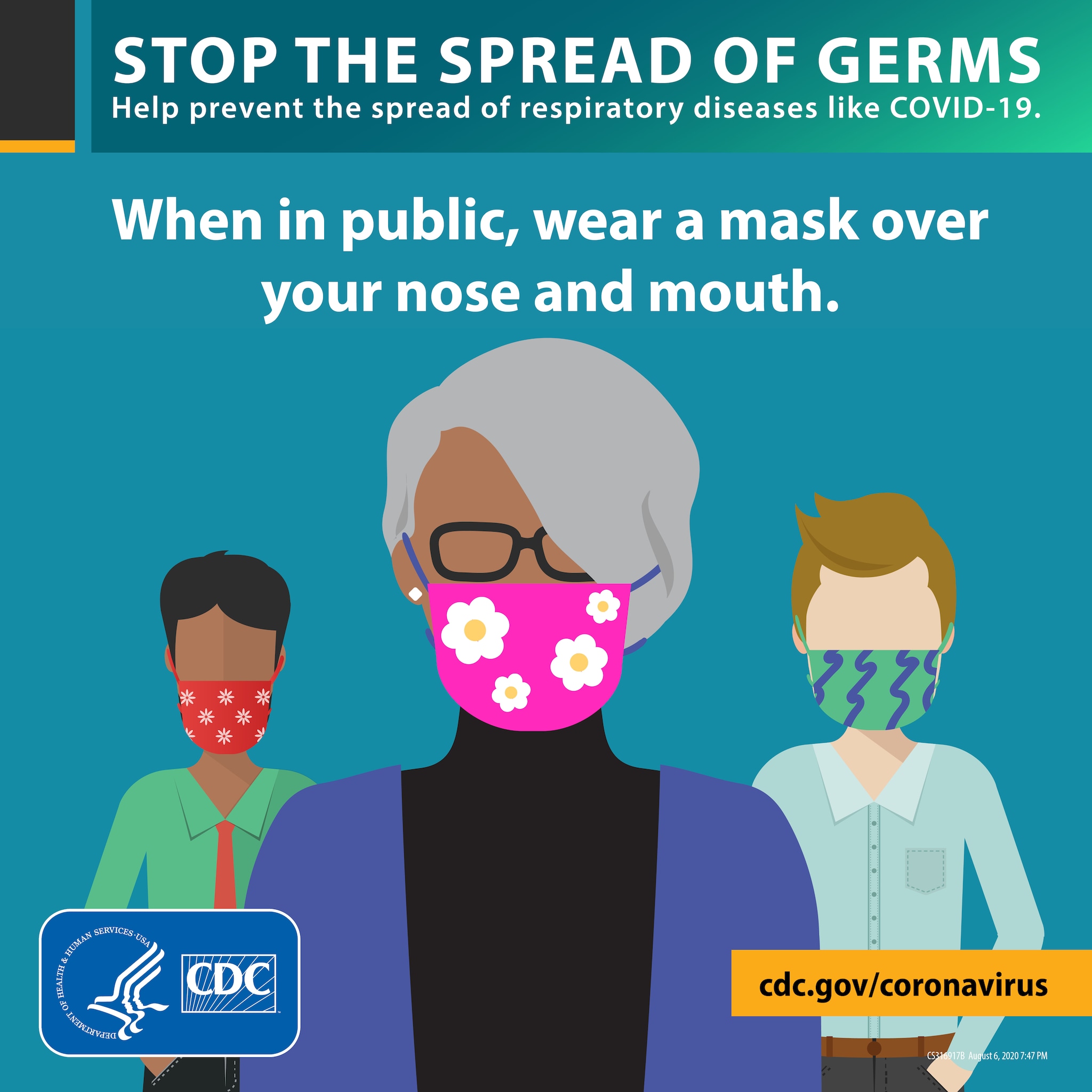
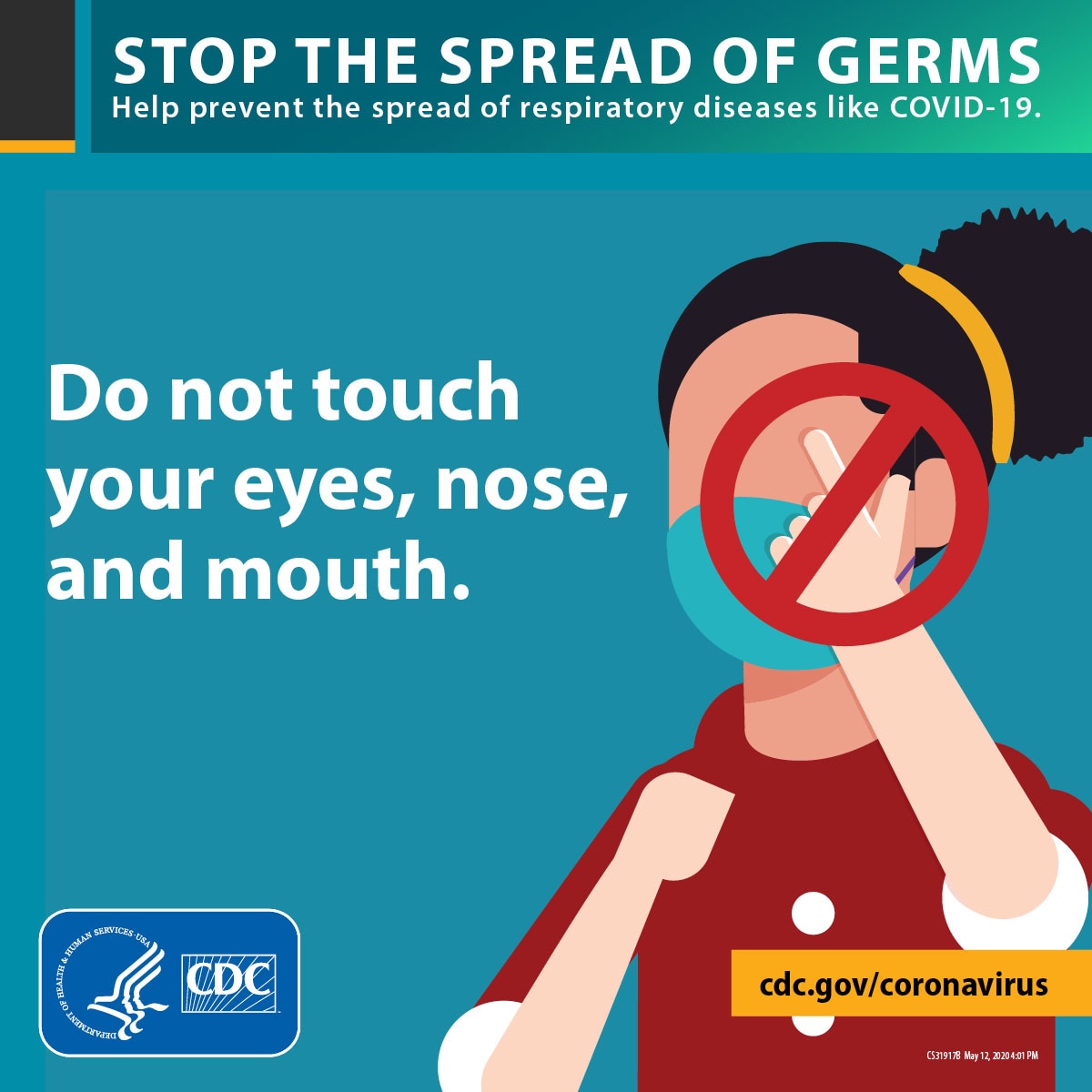

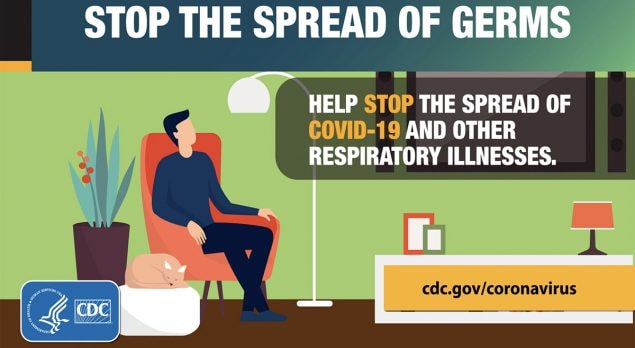
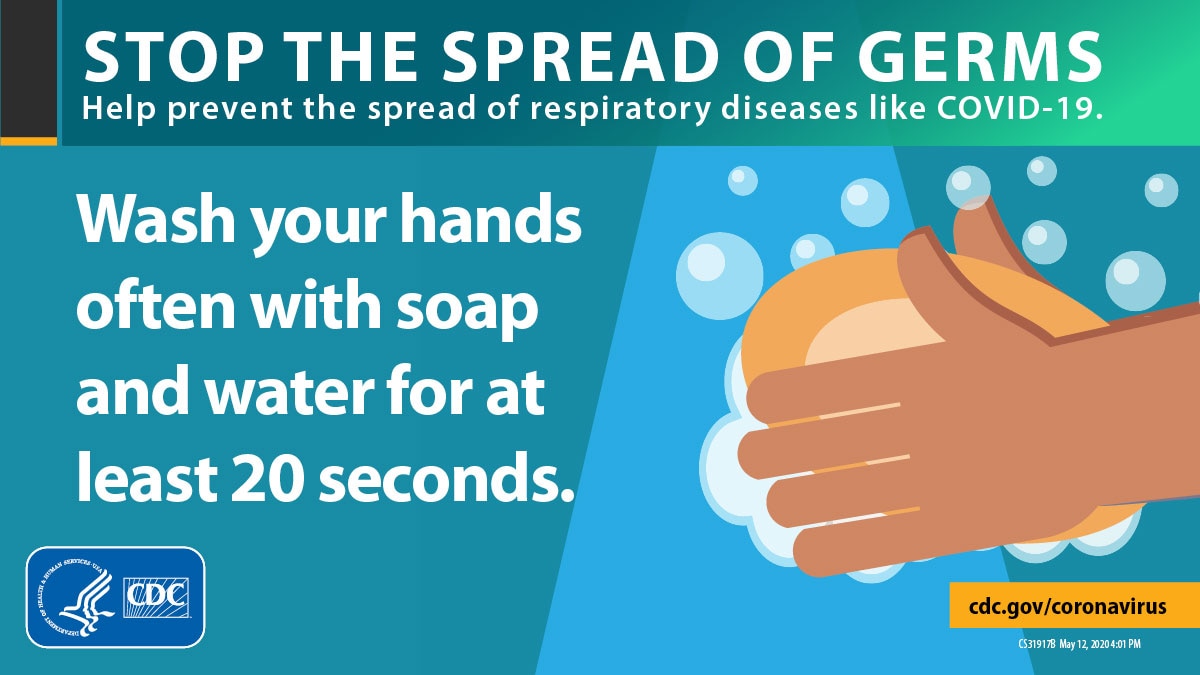
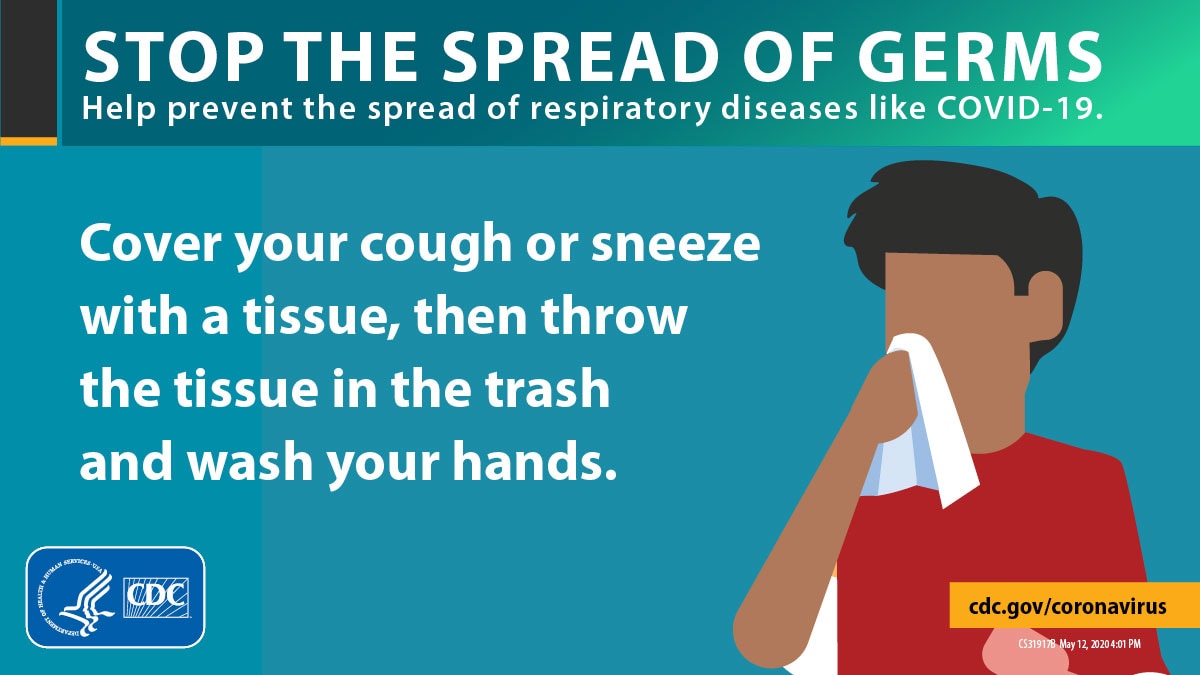
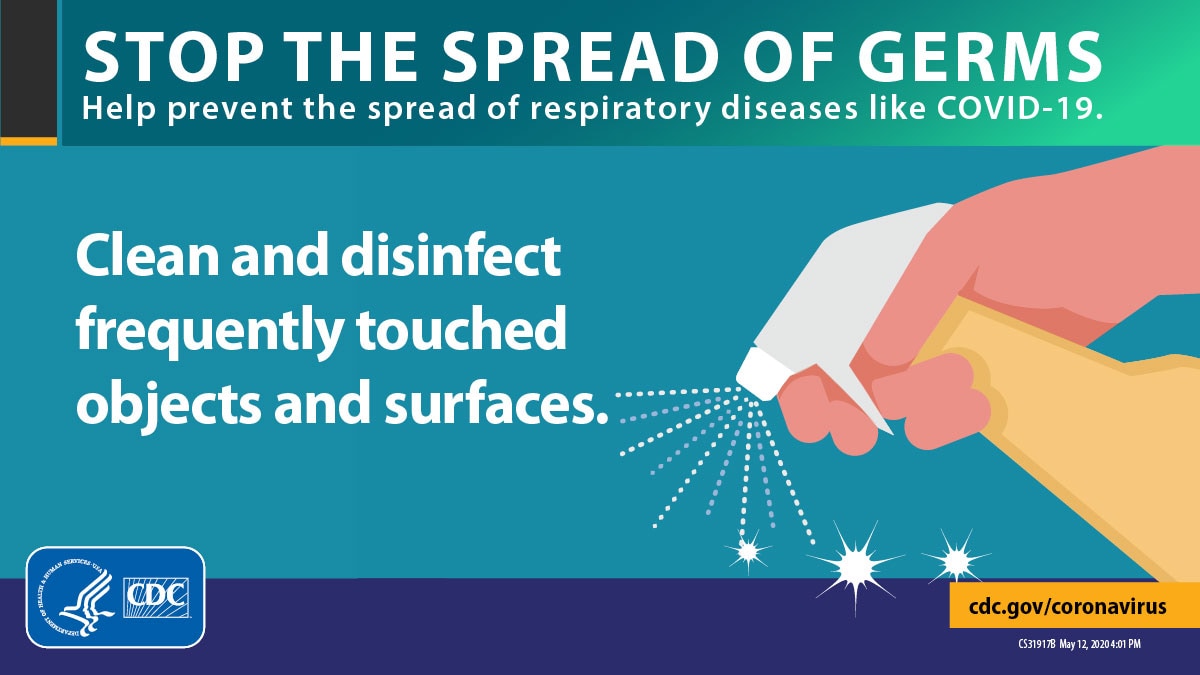
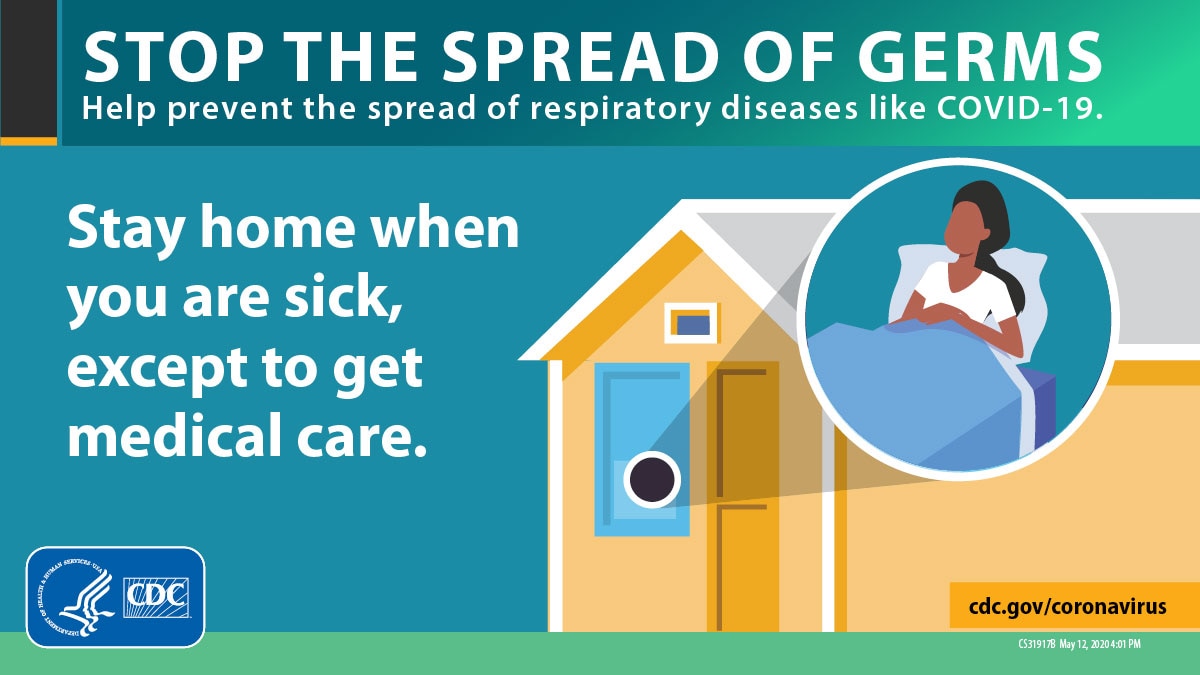
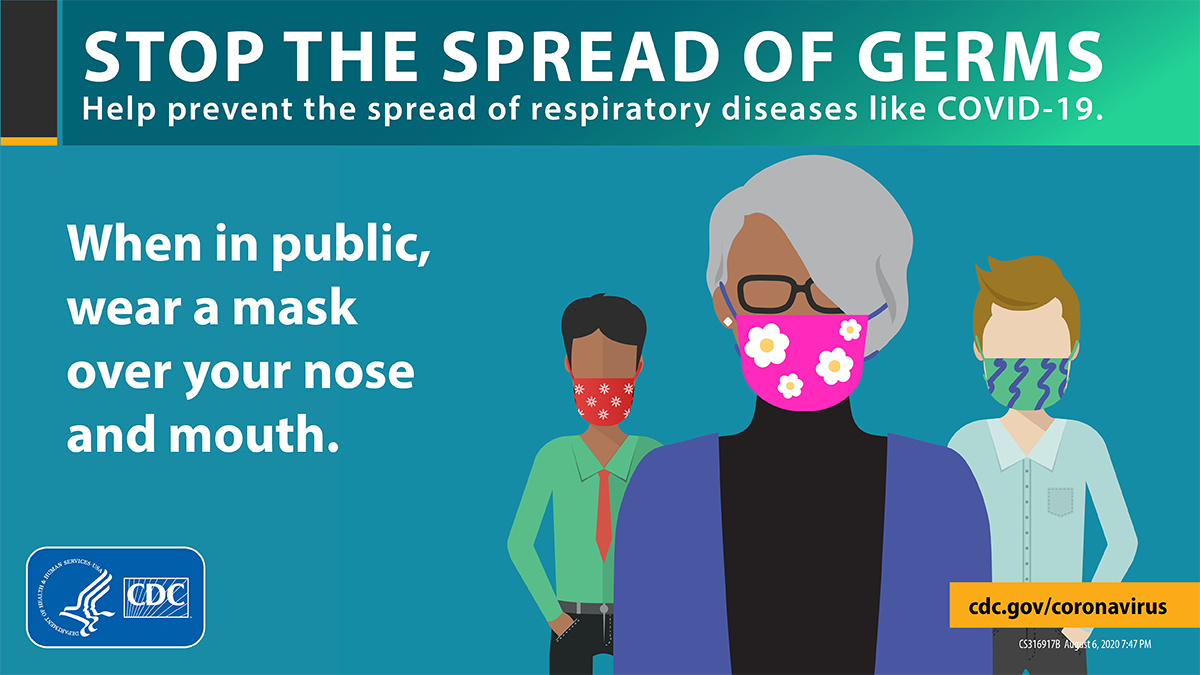
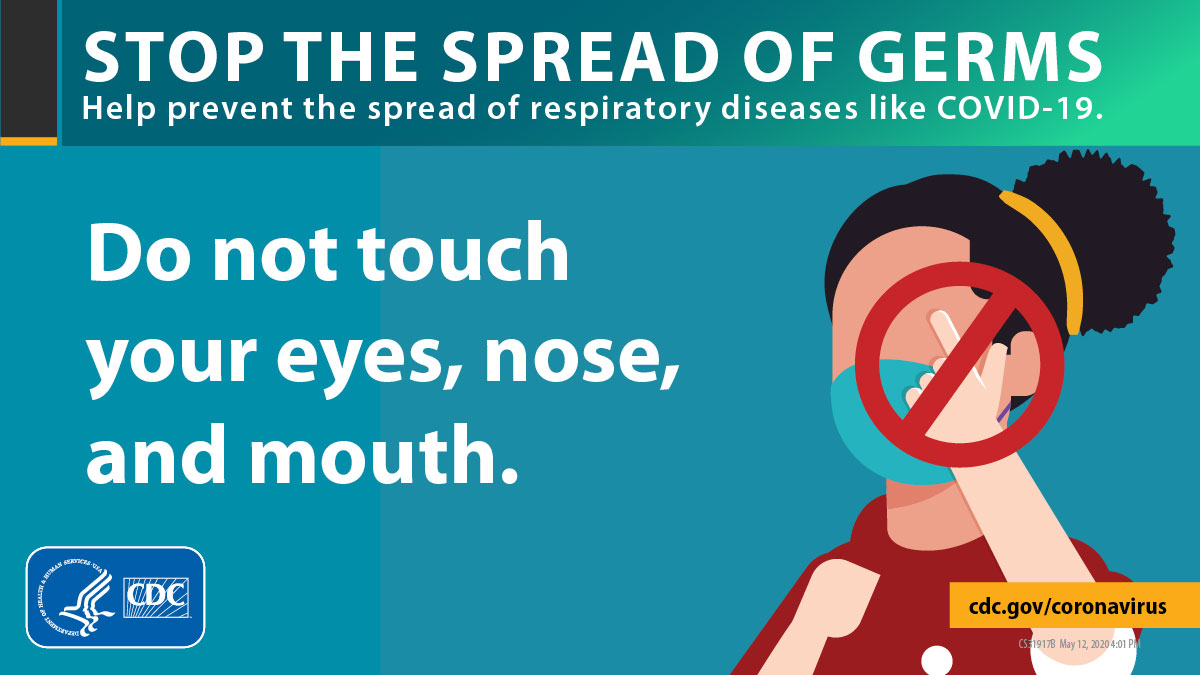
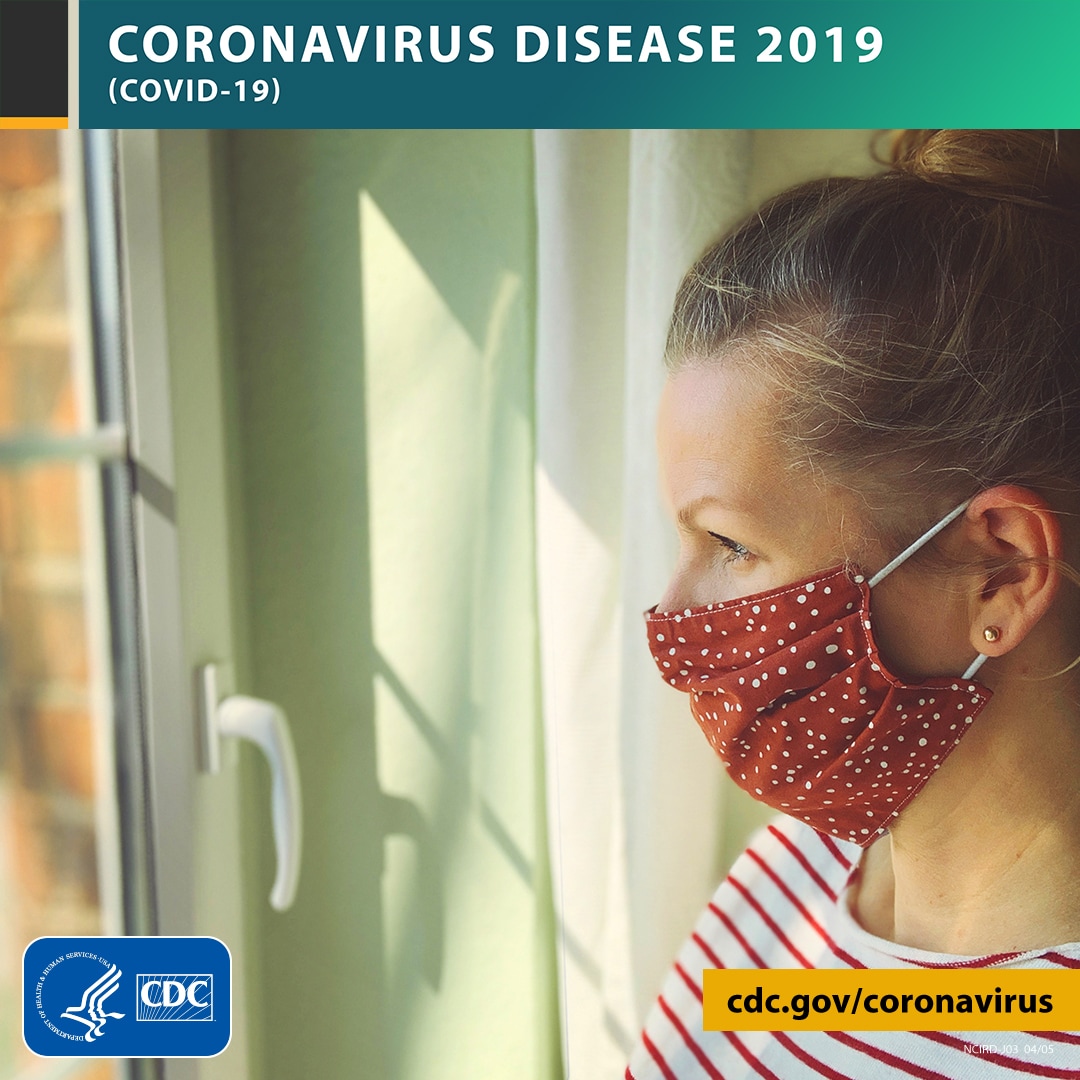

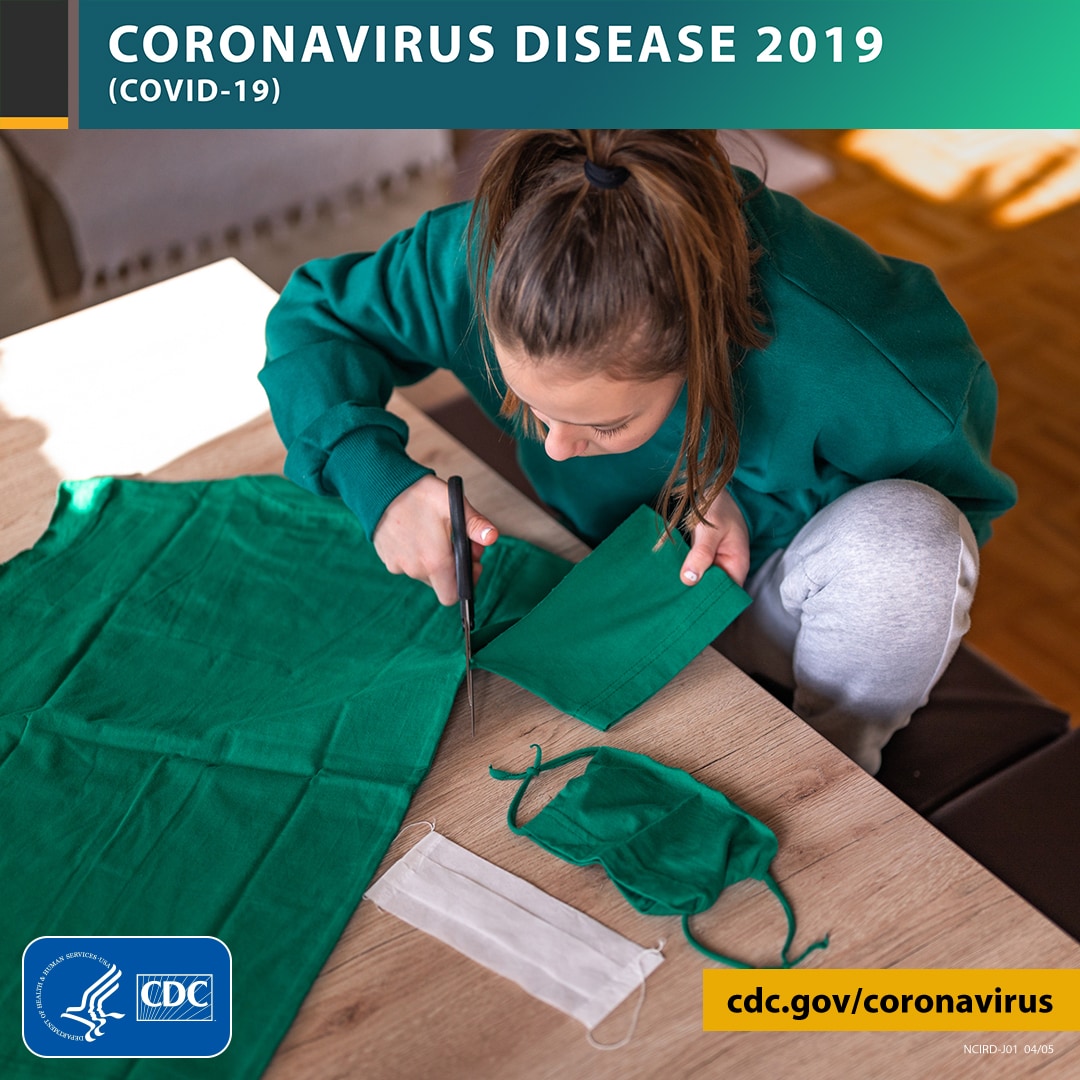
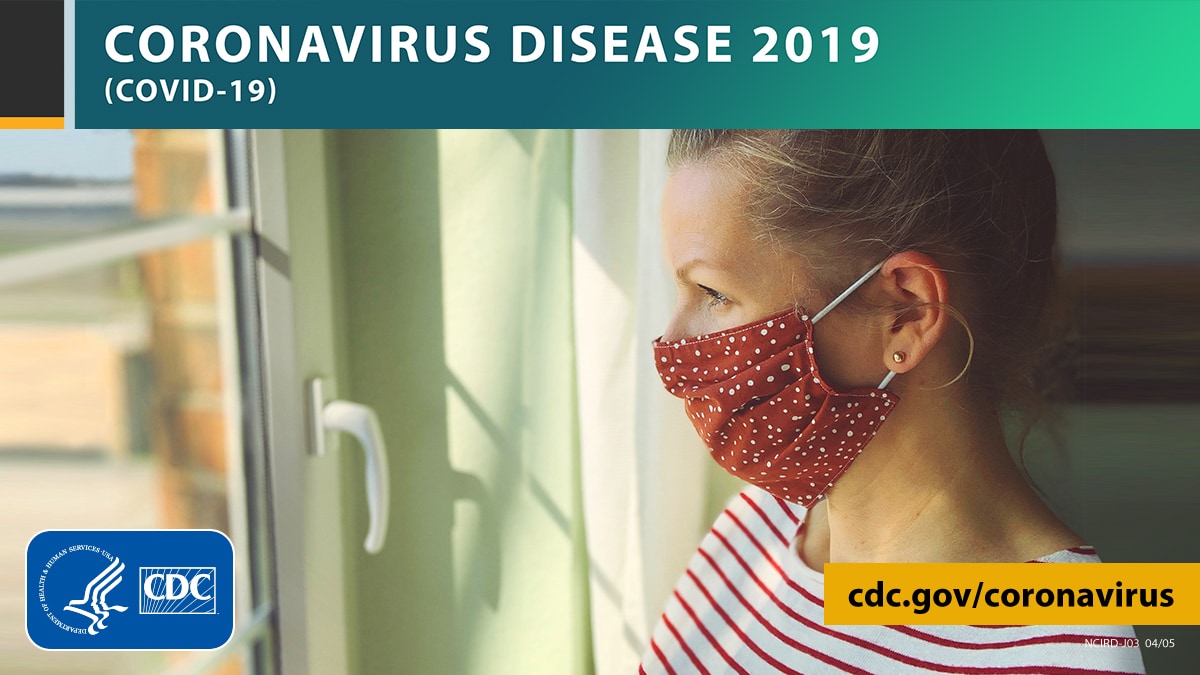
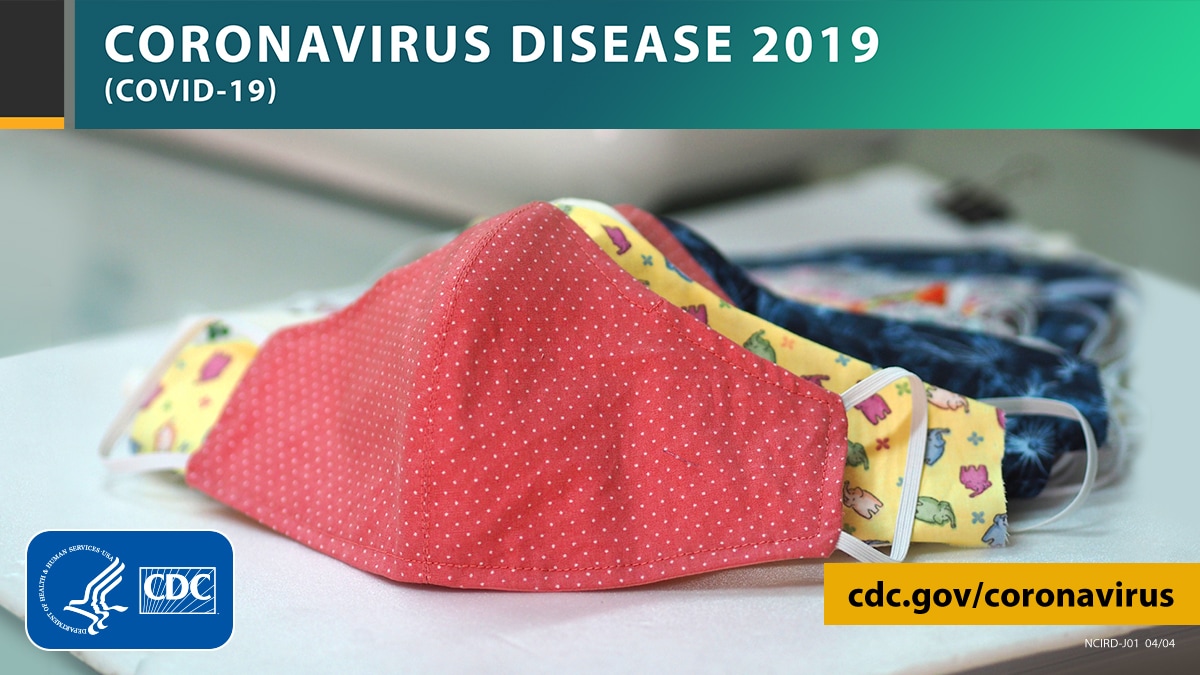
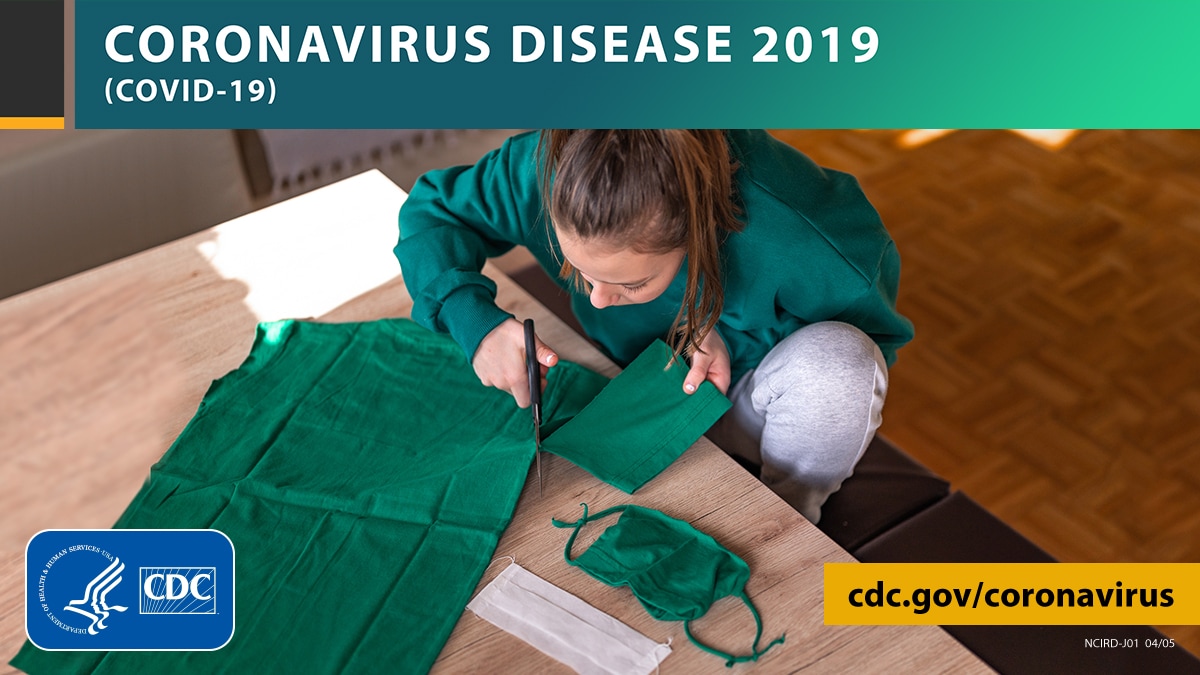

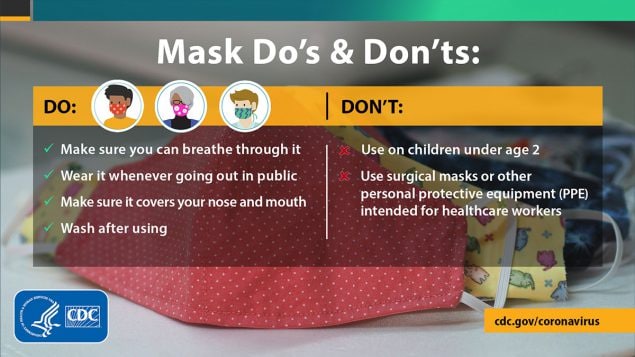
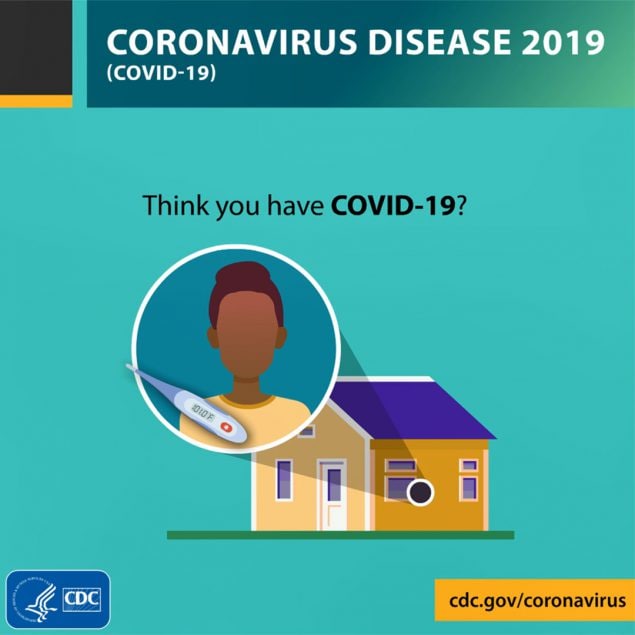
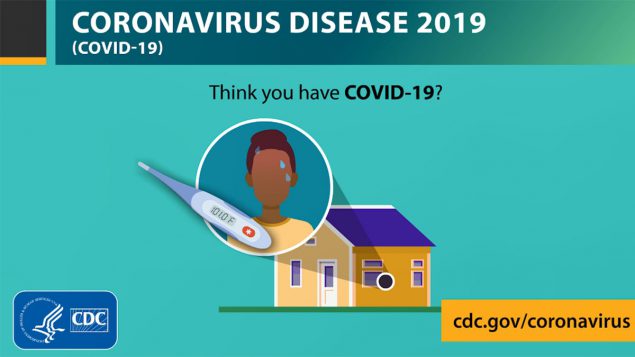
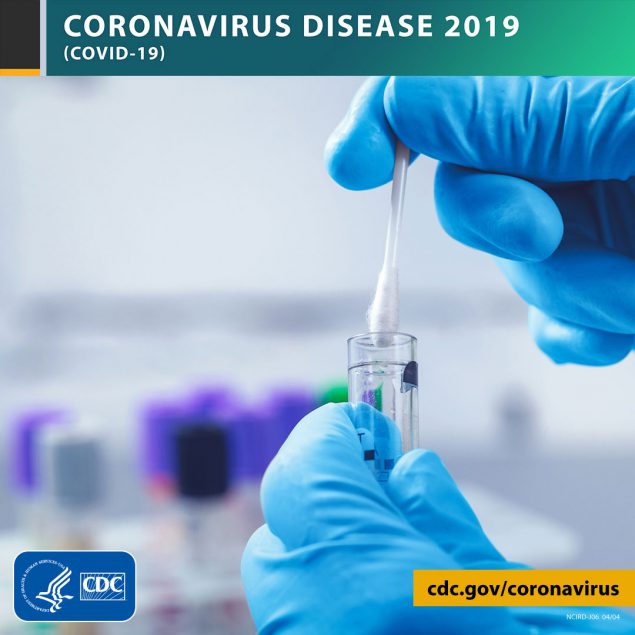
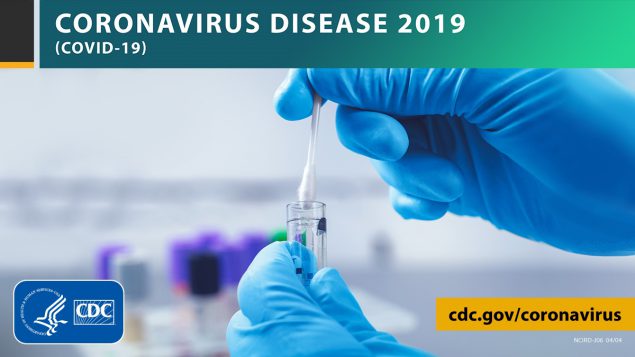
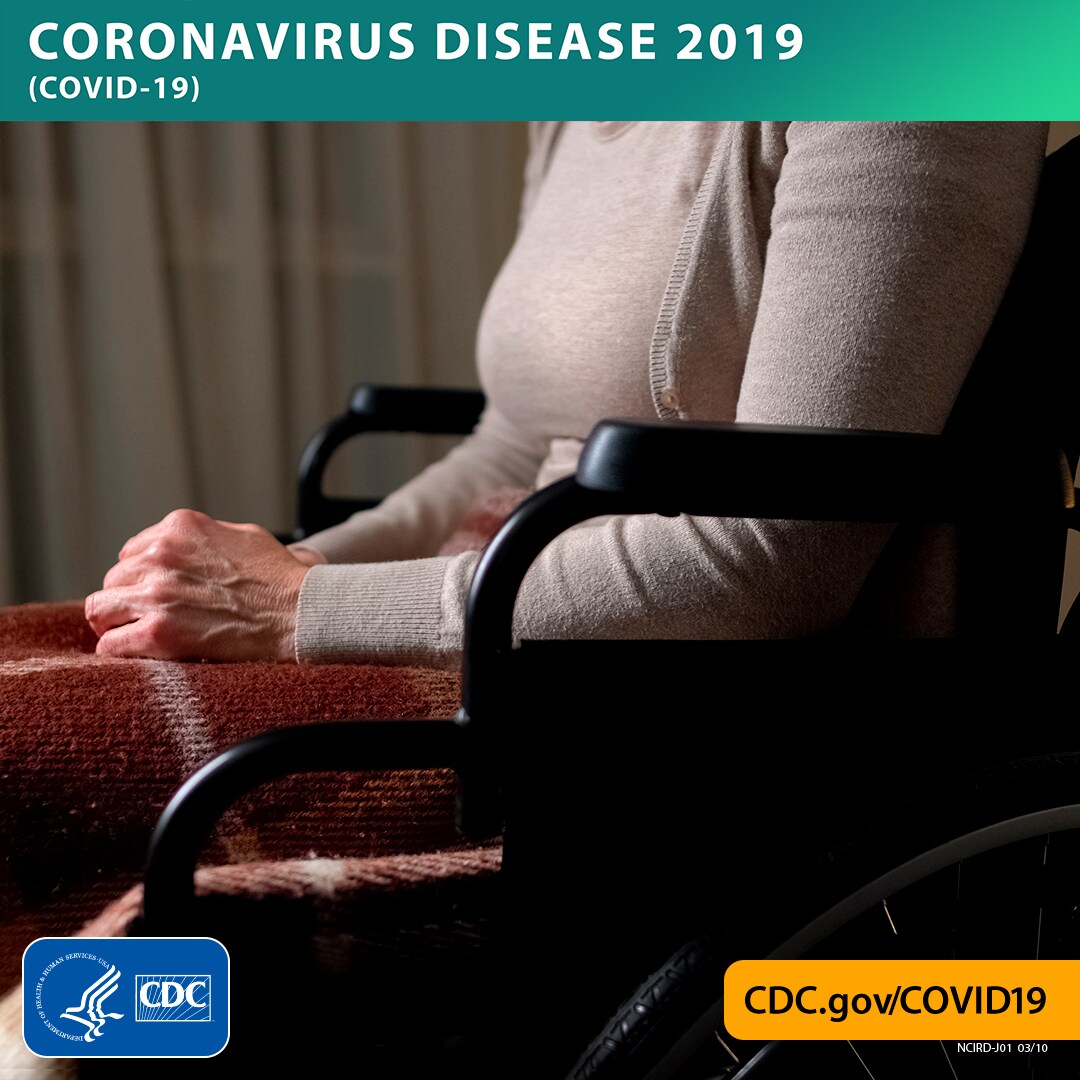
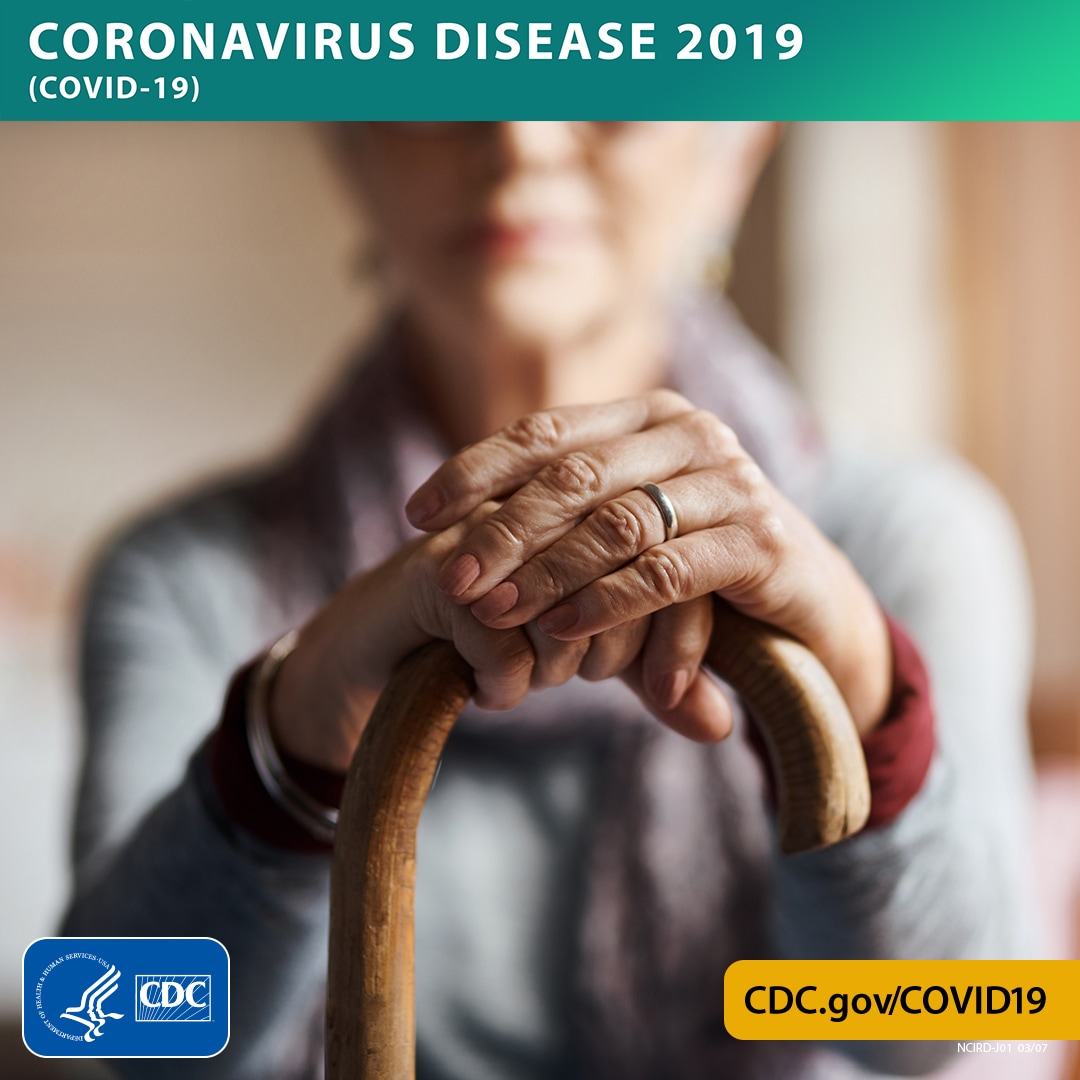
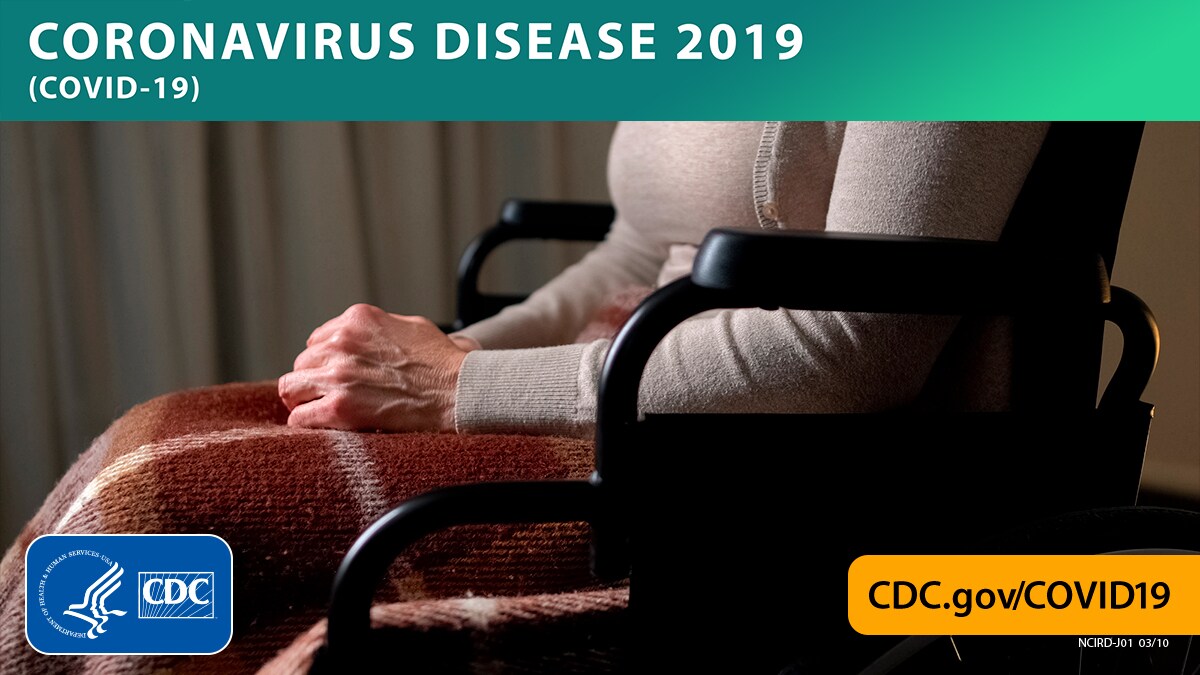
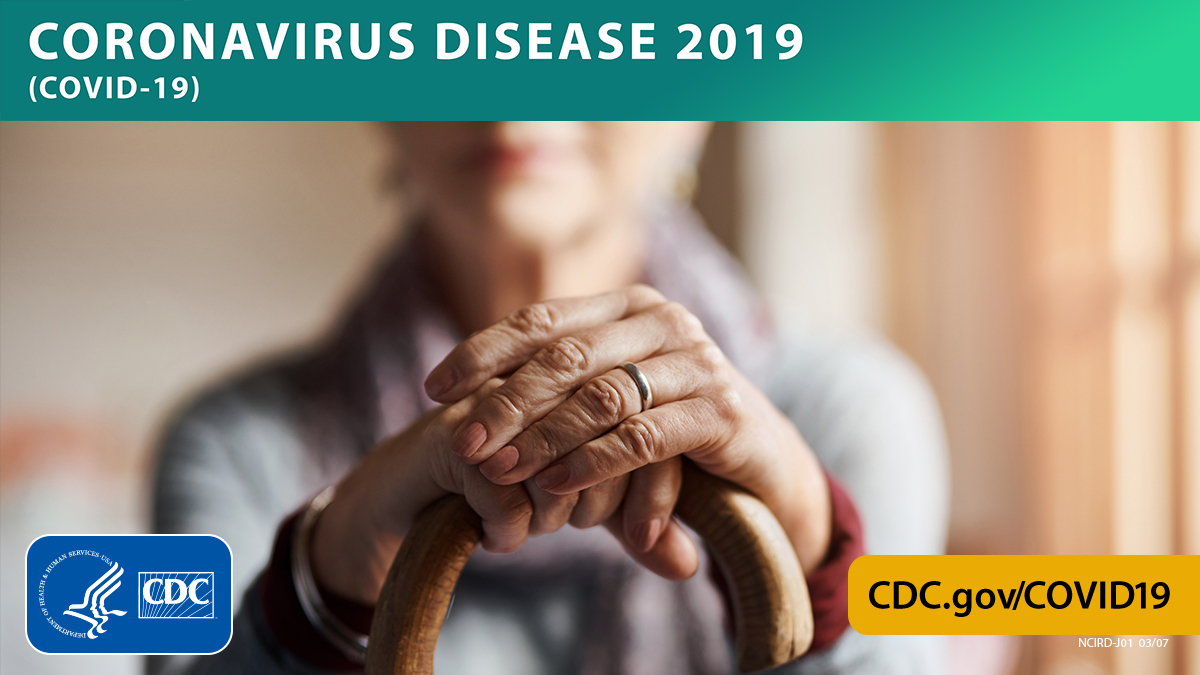
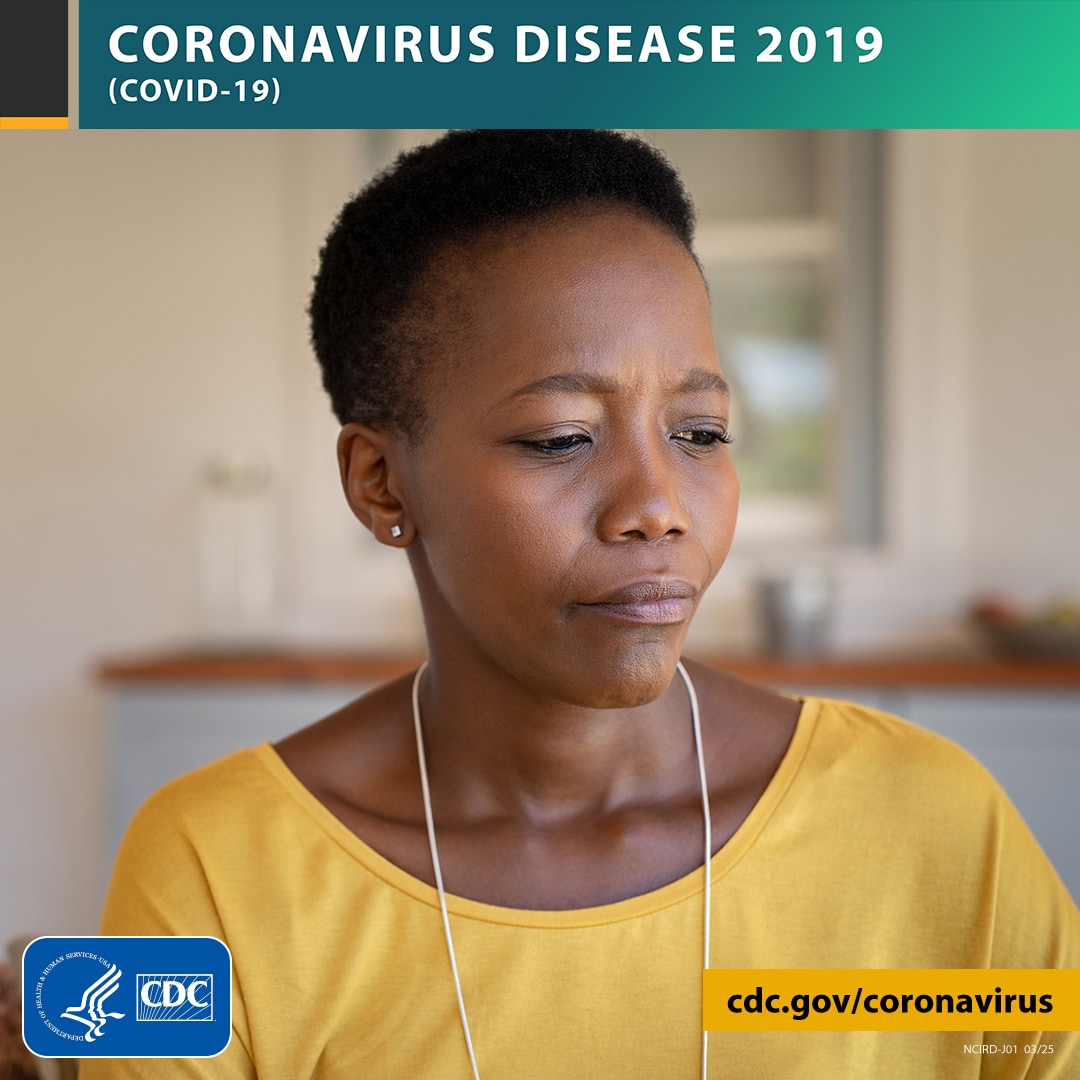

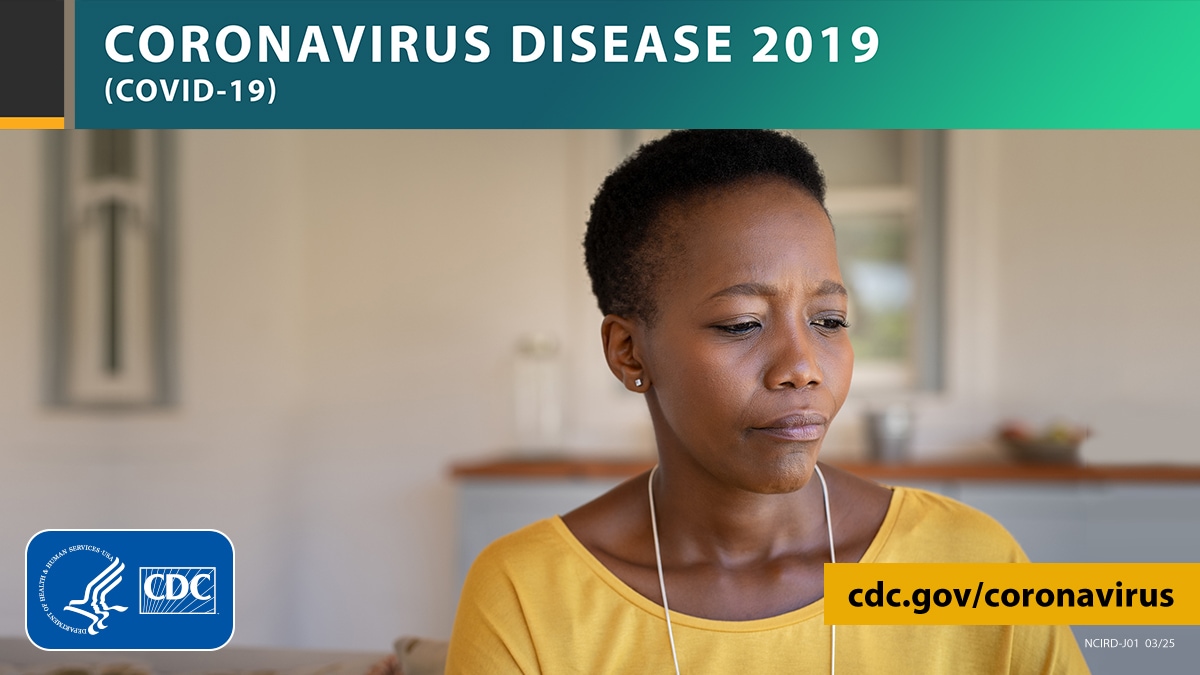

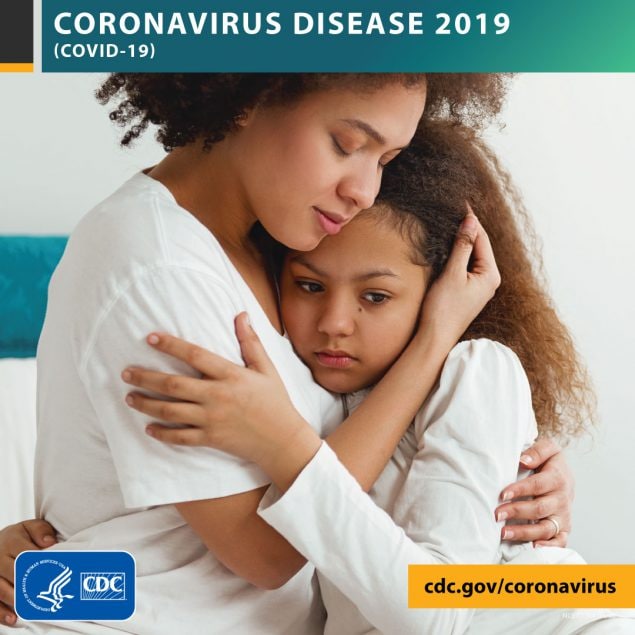
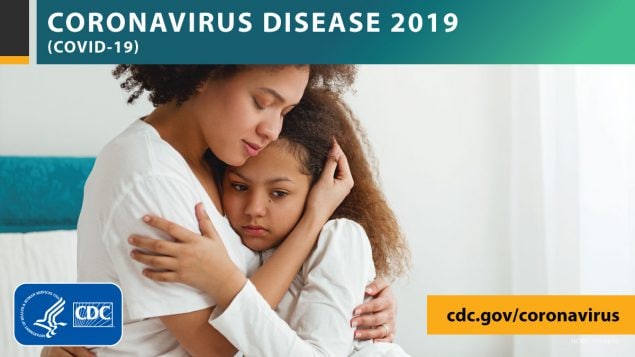
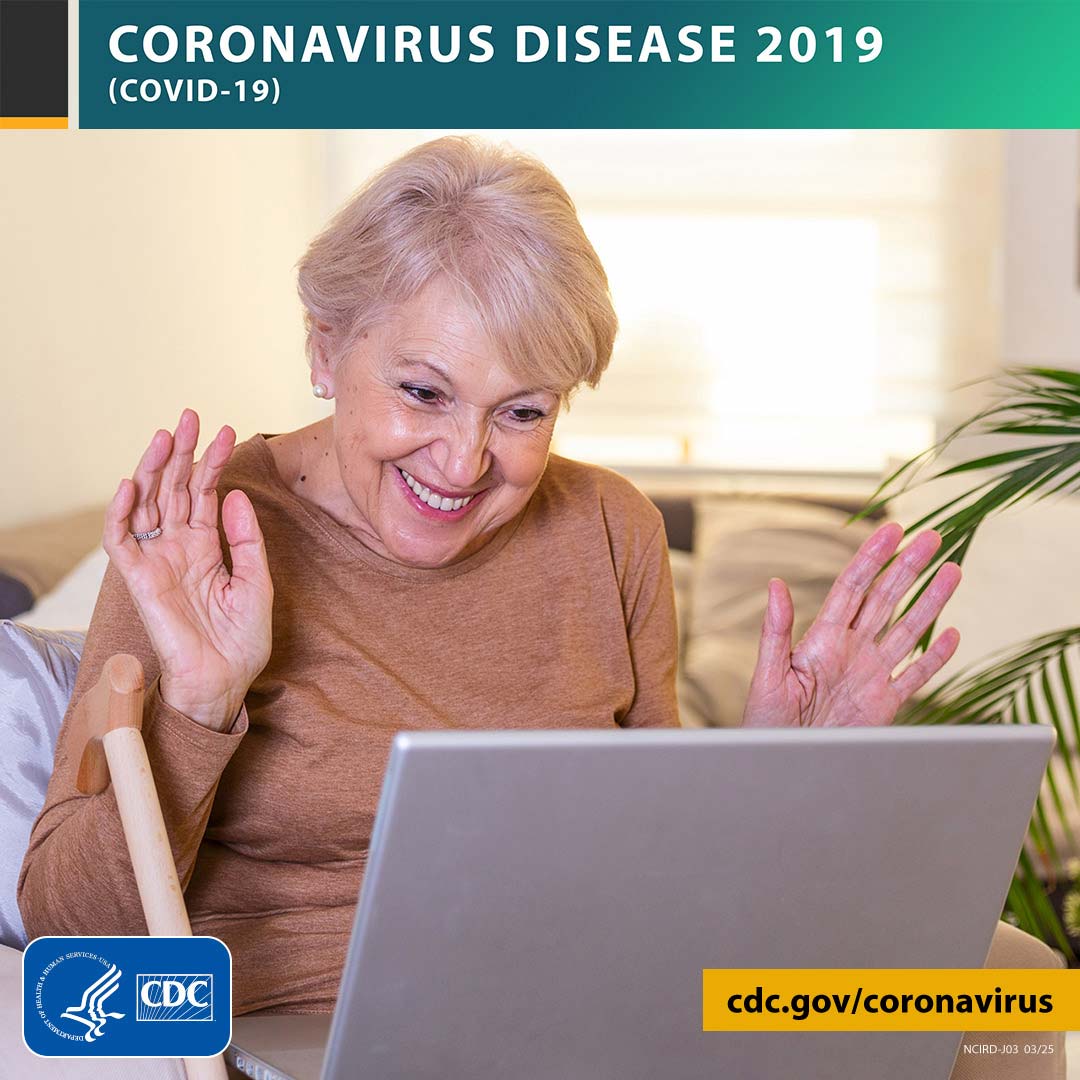
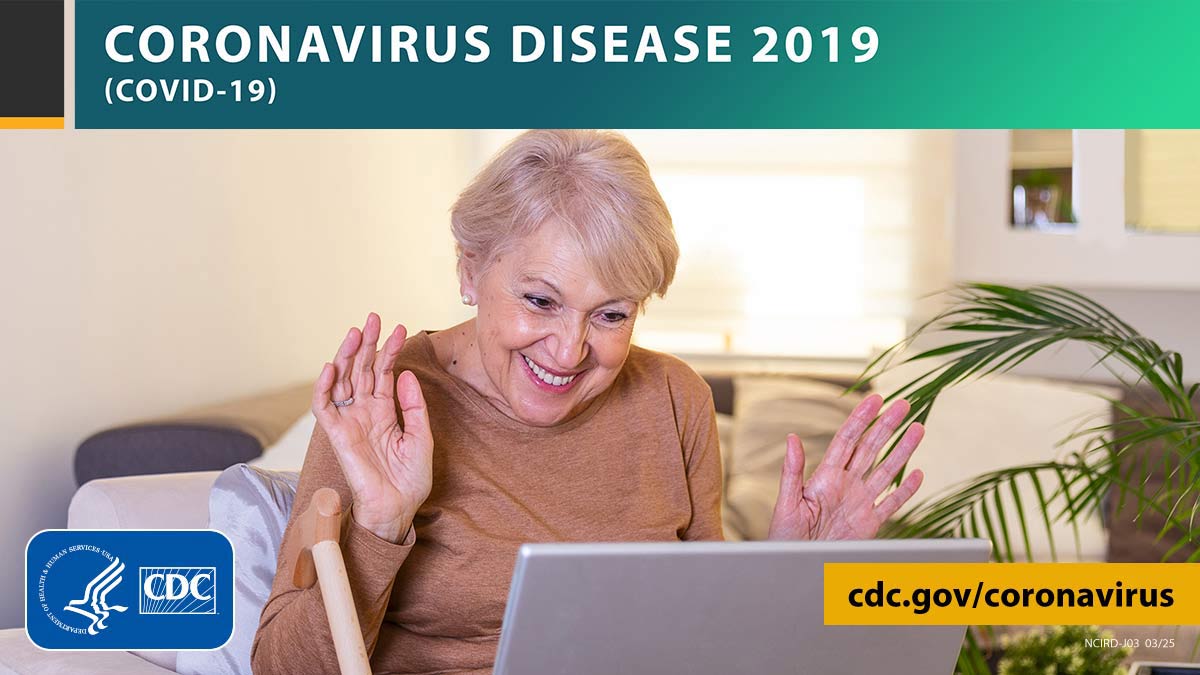
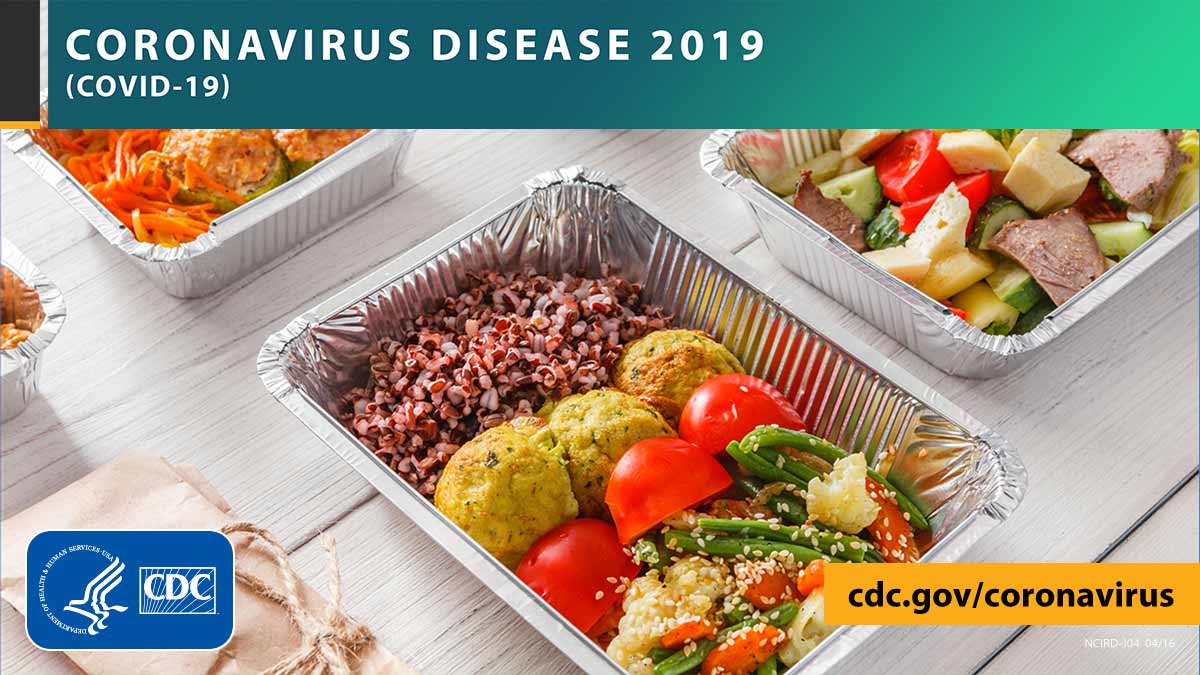
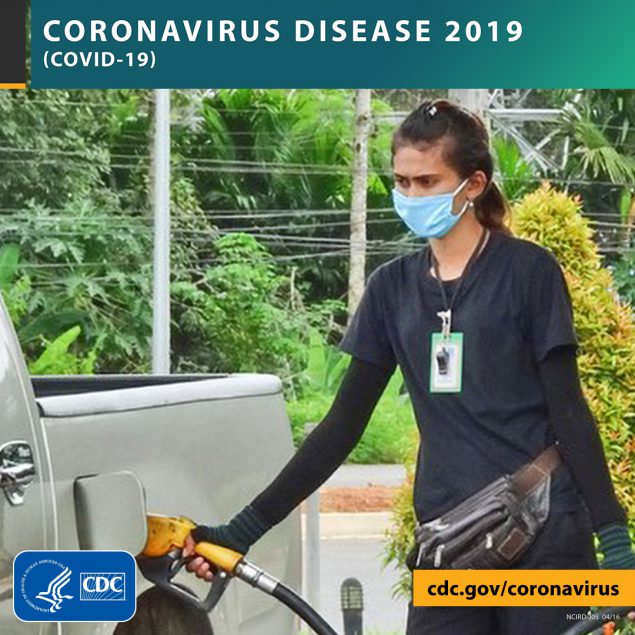
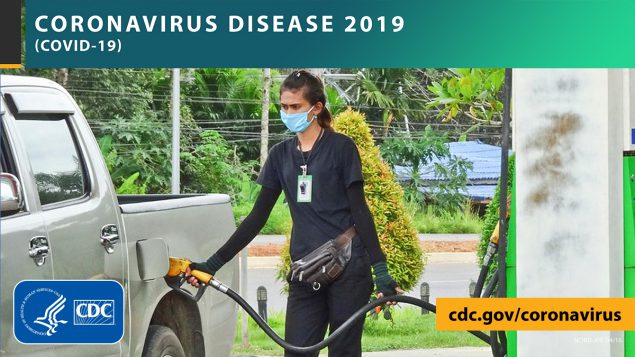
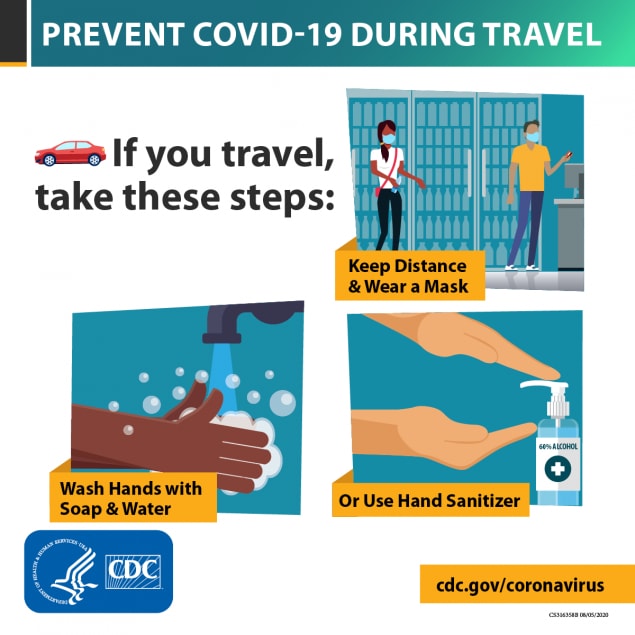
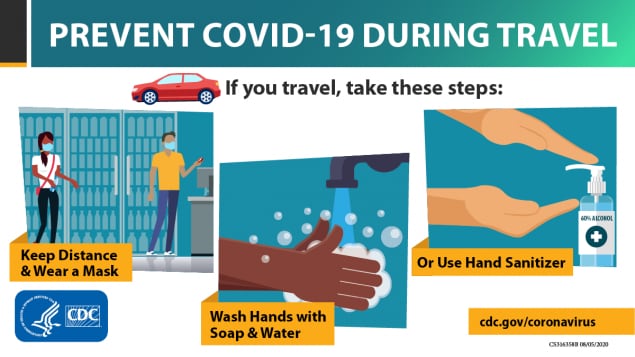
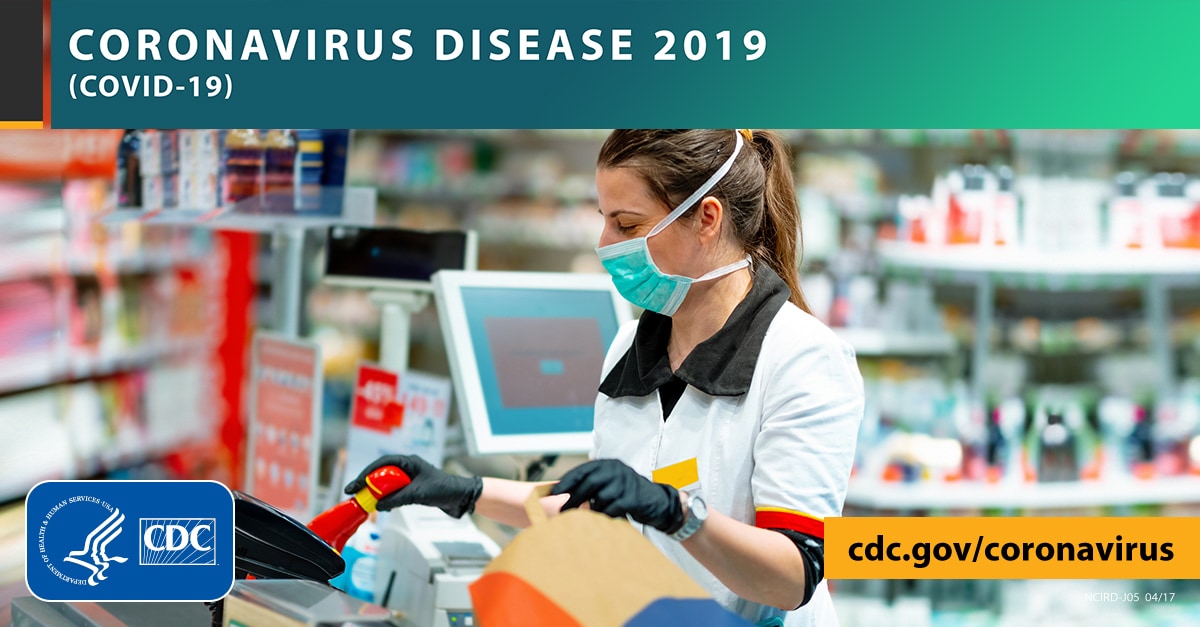

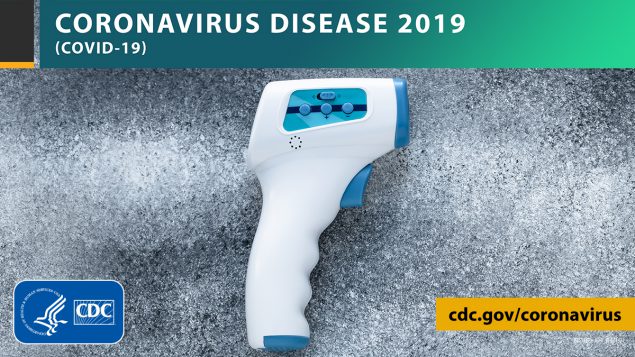
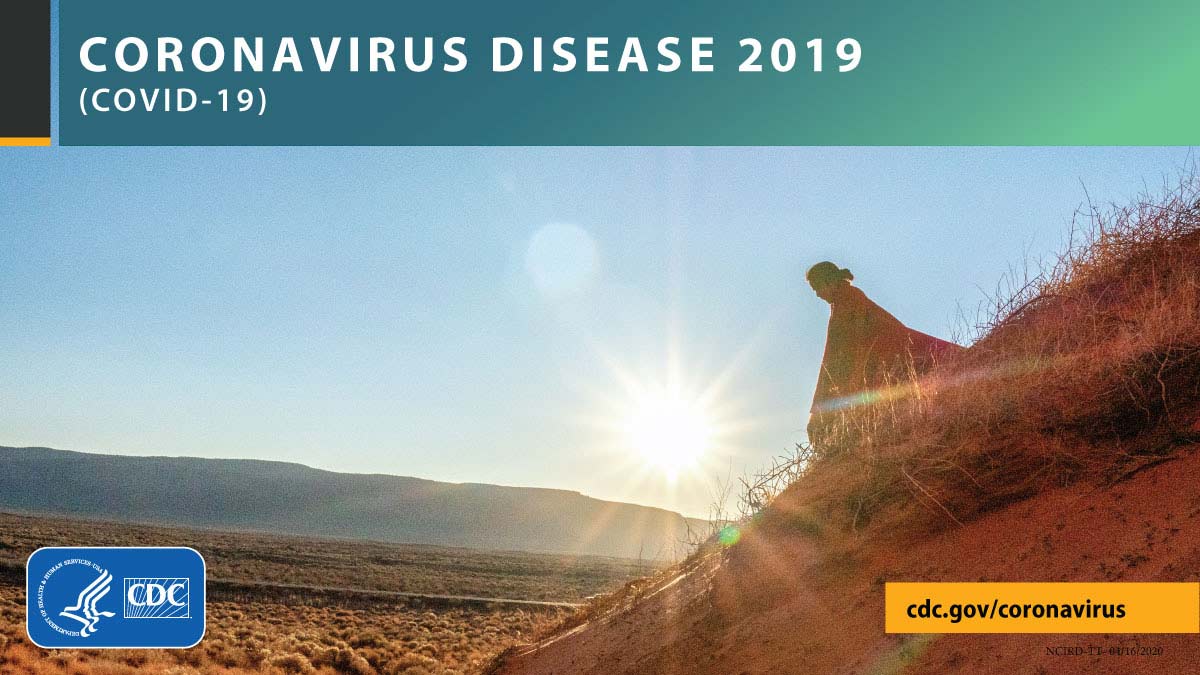
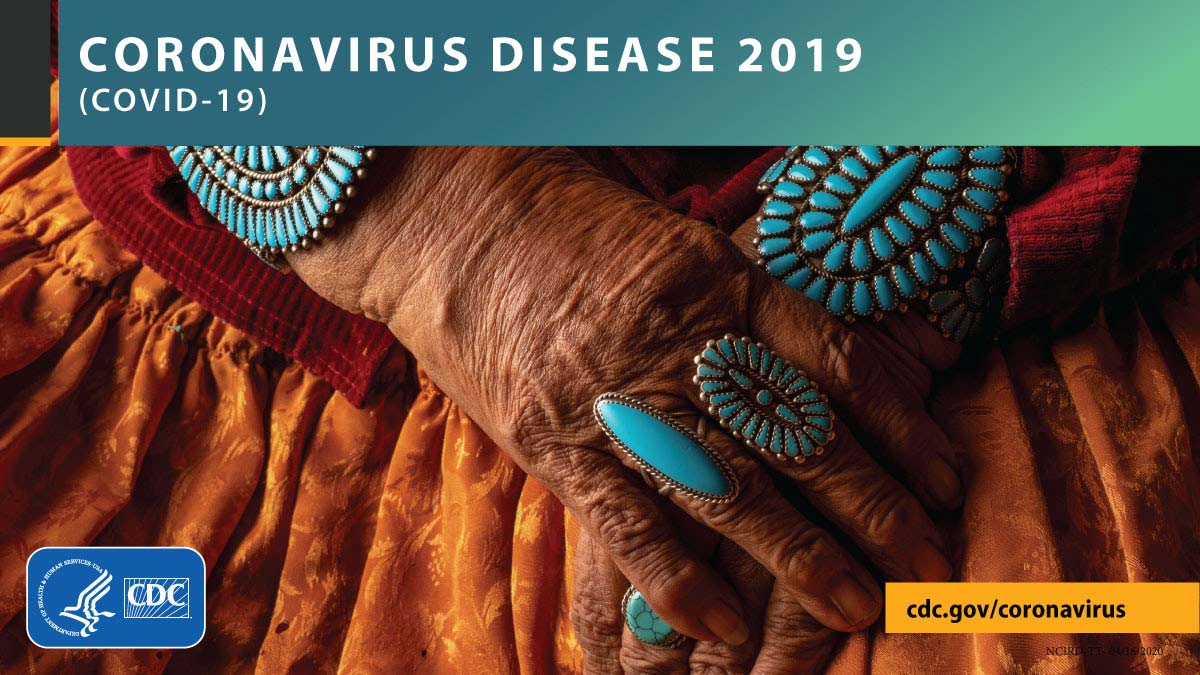
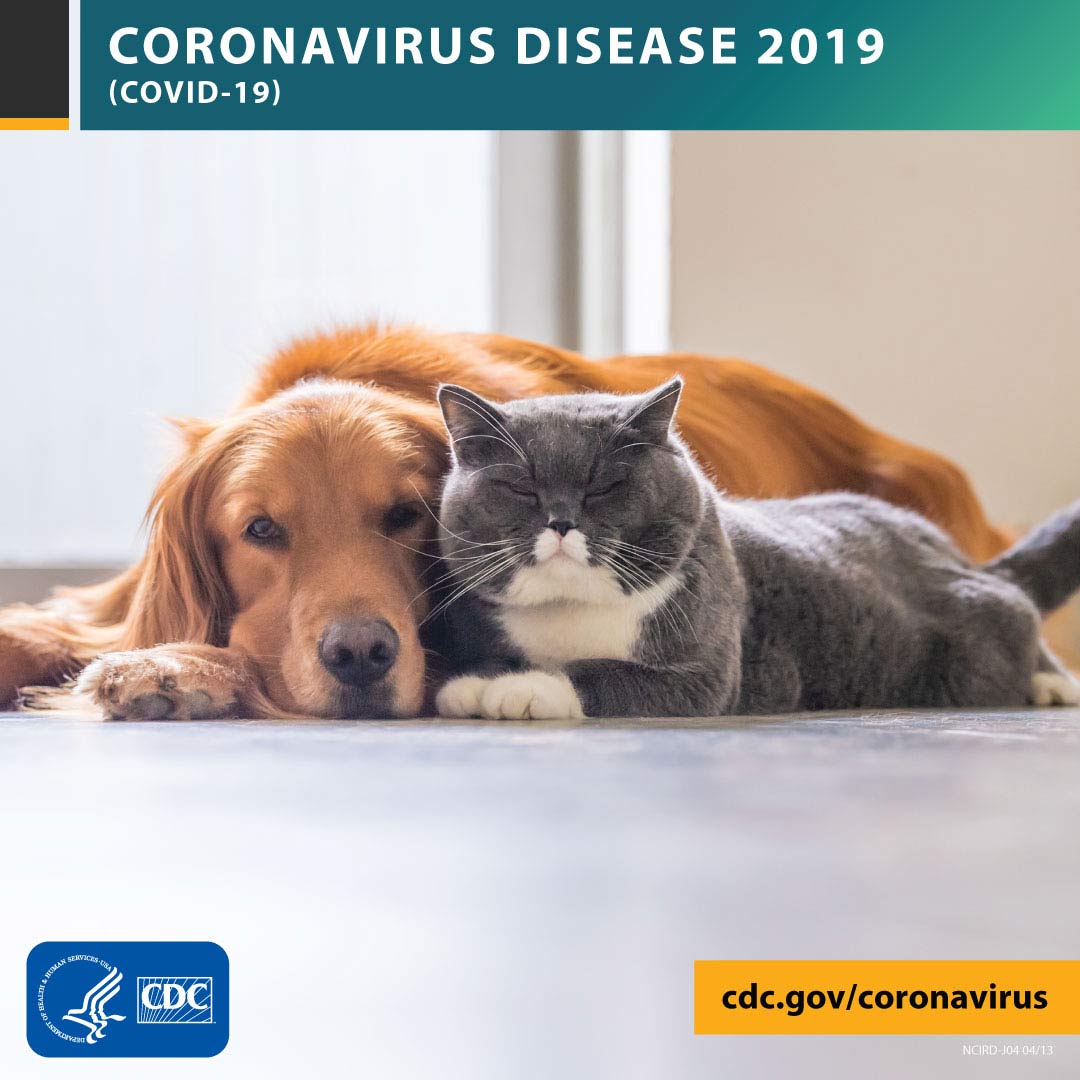
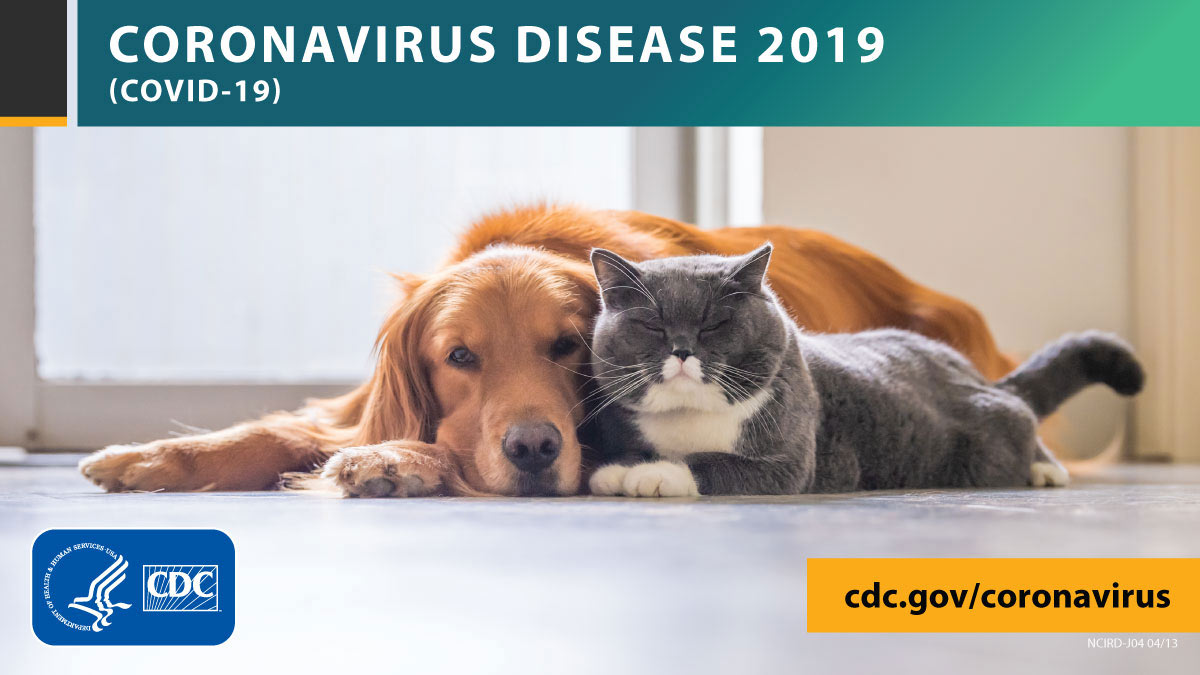
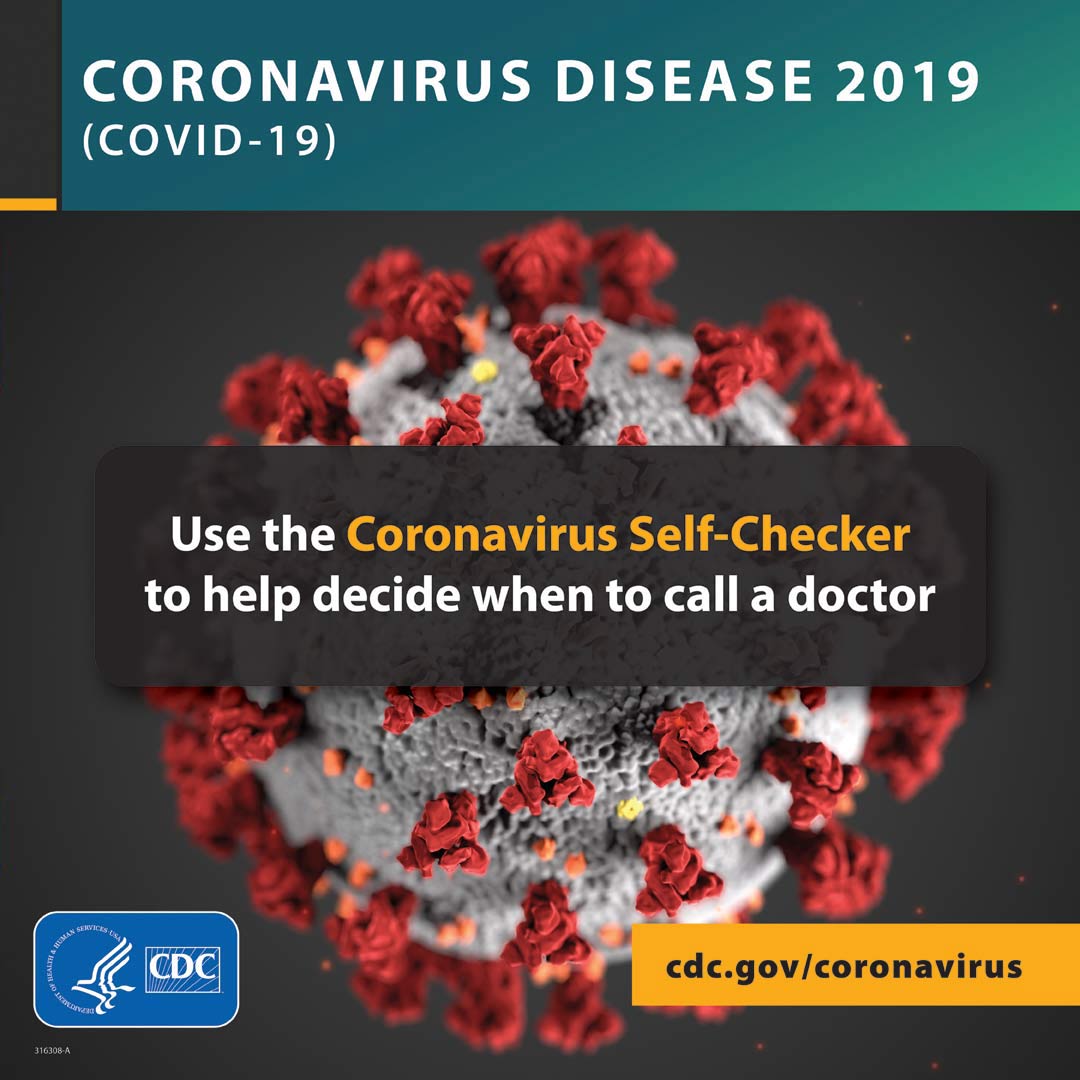
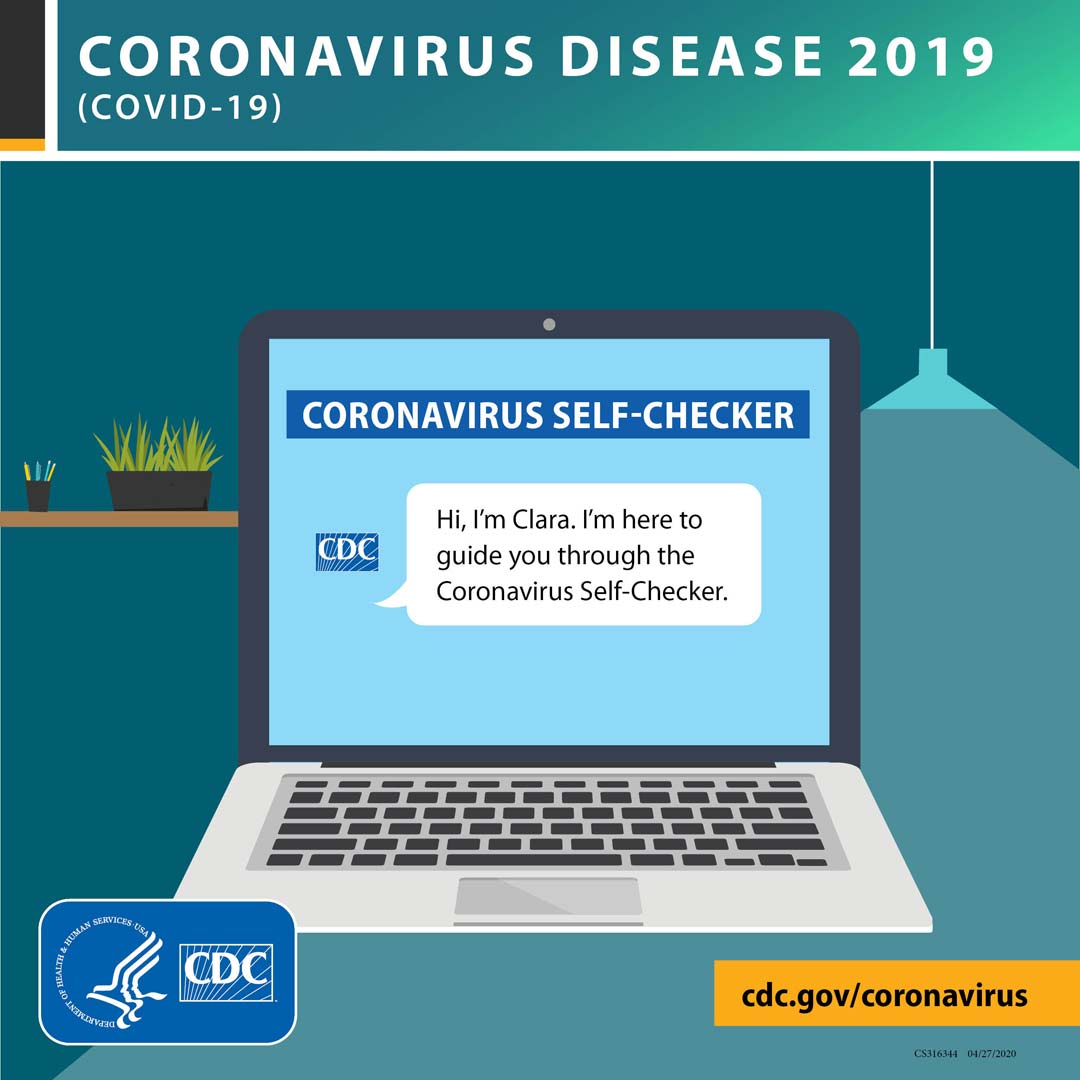
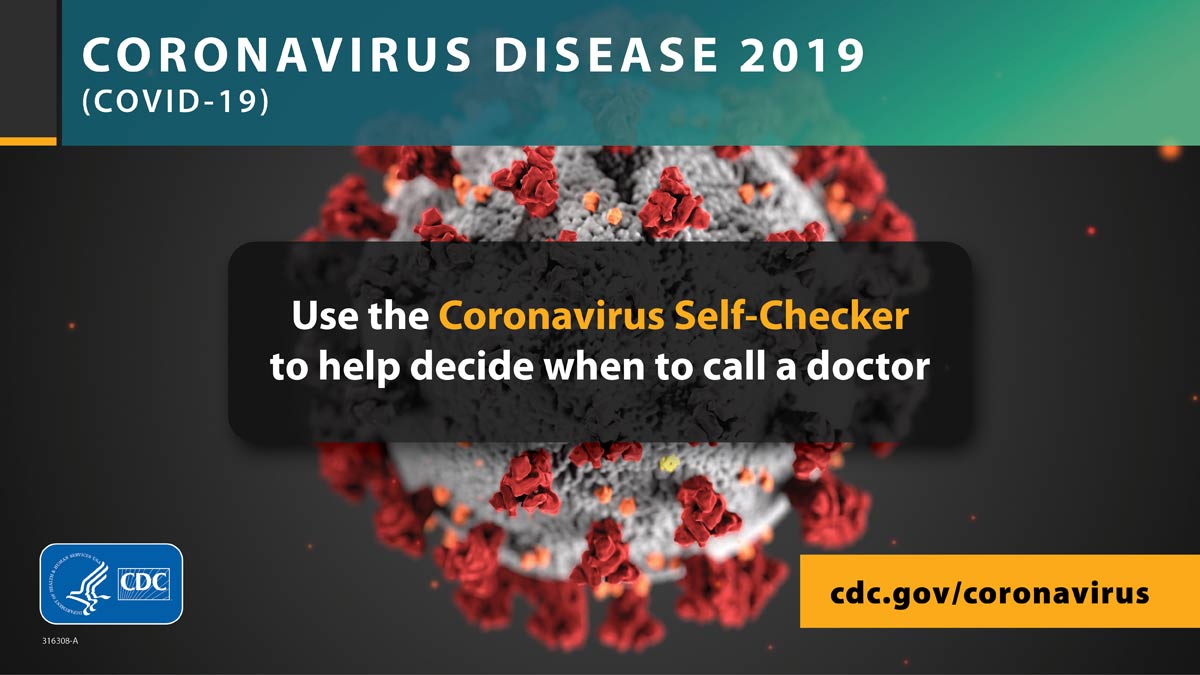
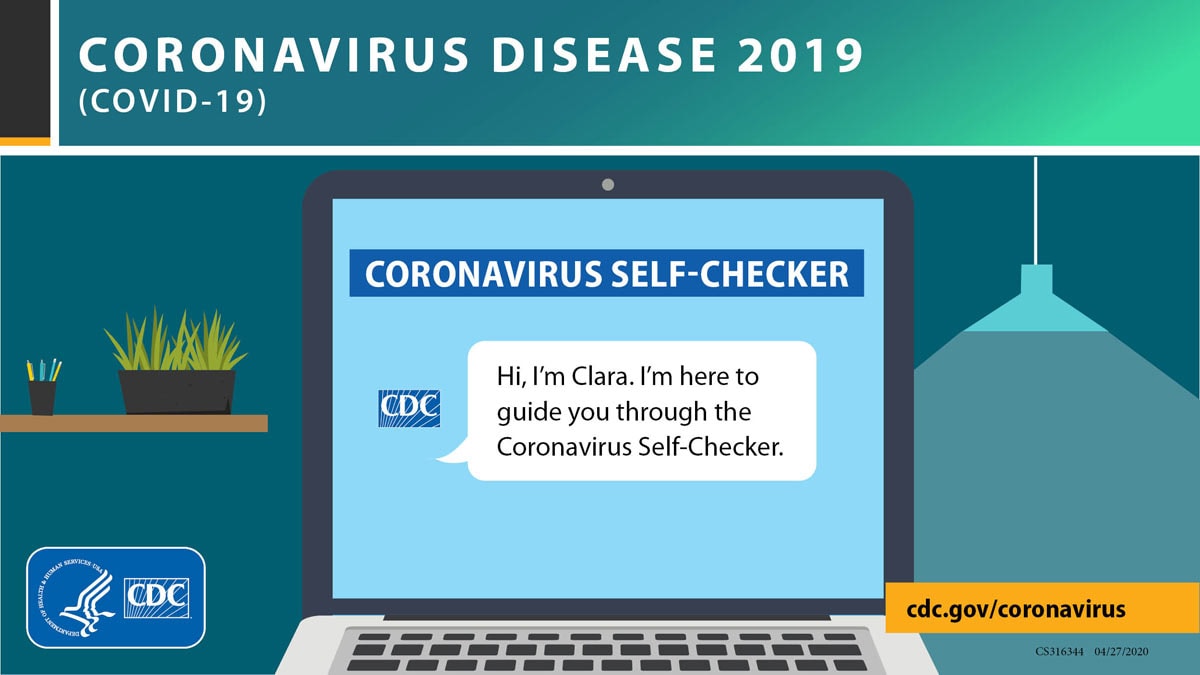























.png)











No hay comentarios:
Publicar un comentario